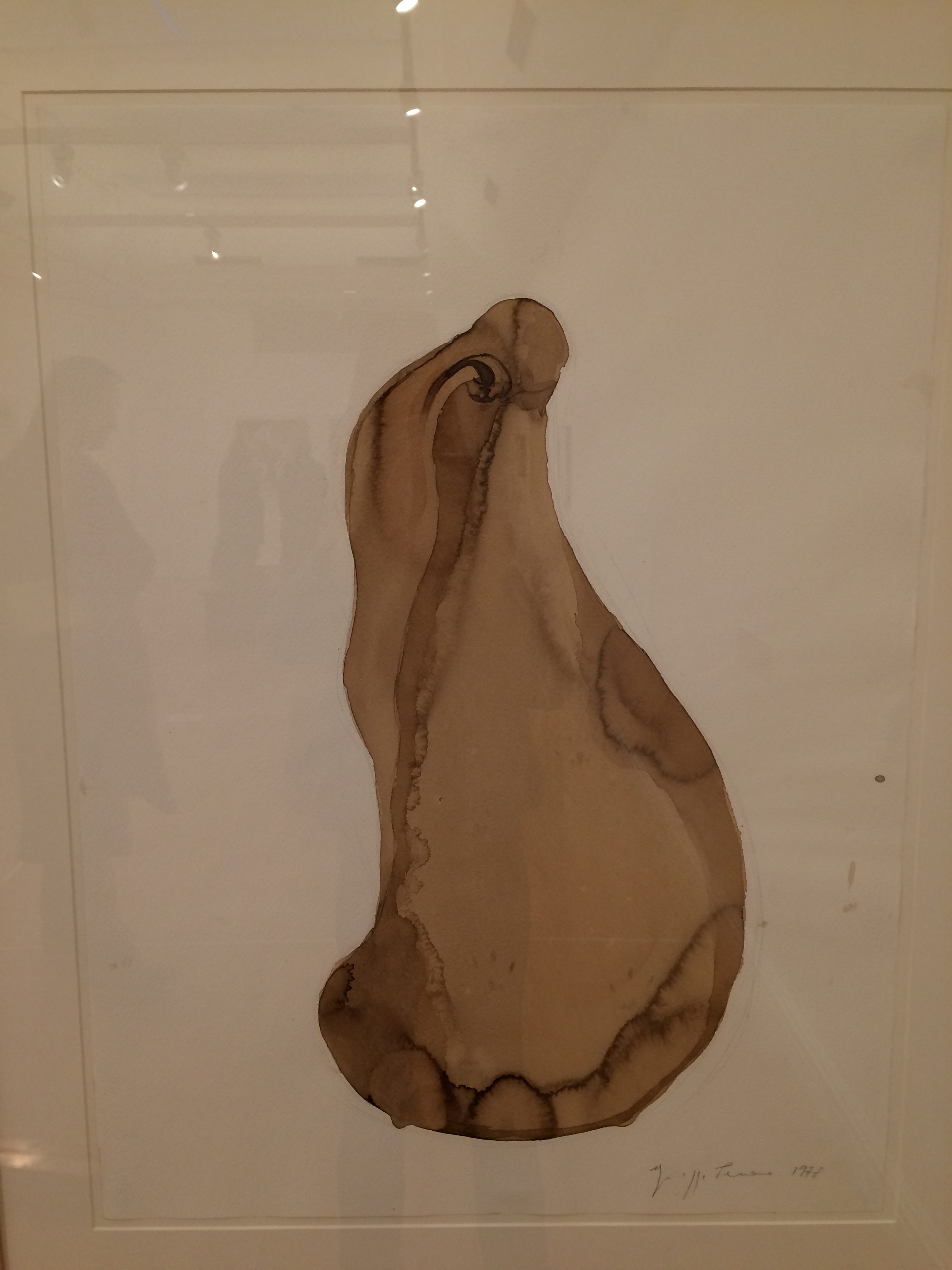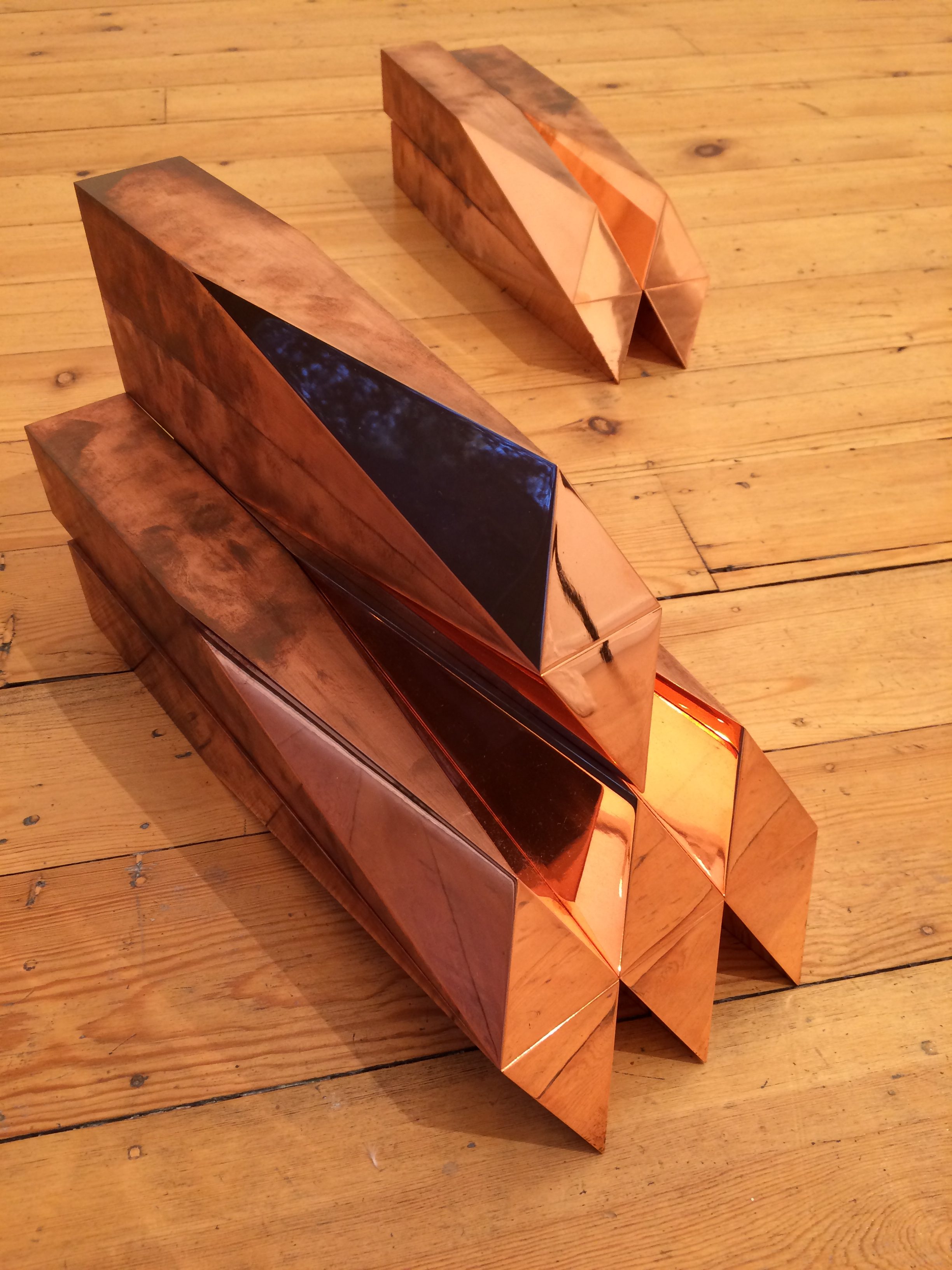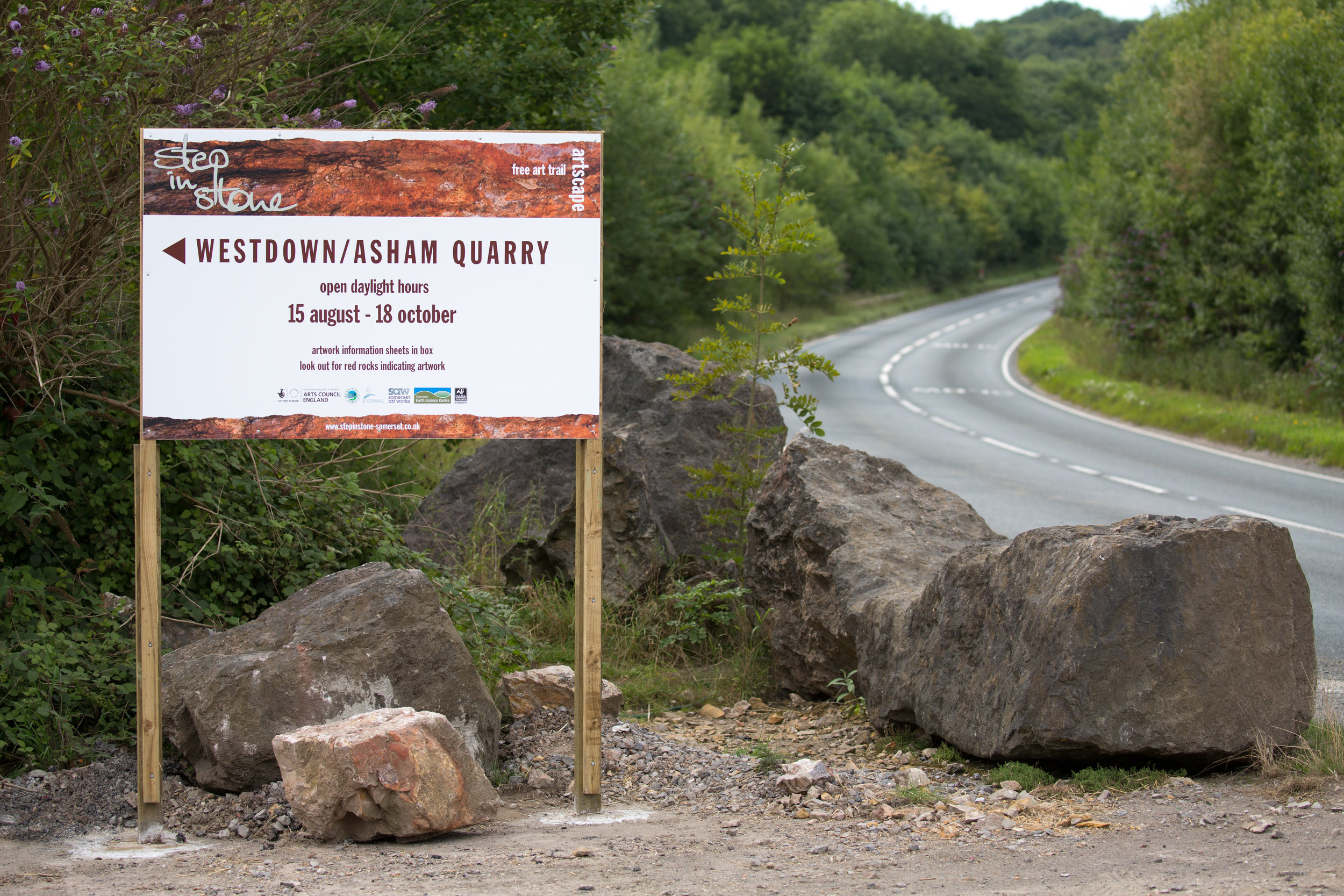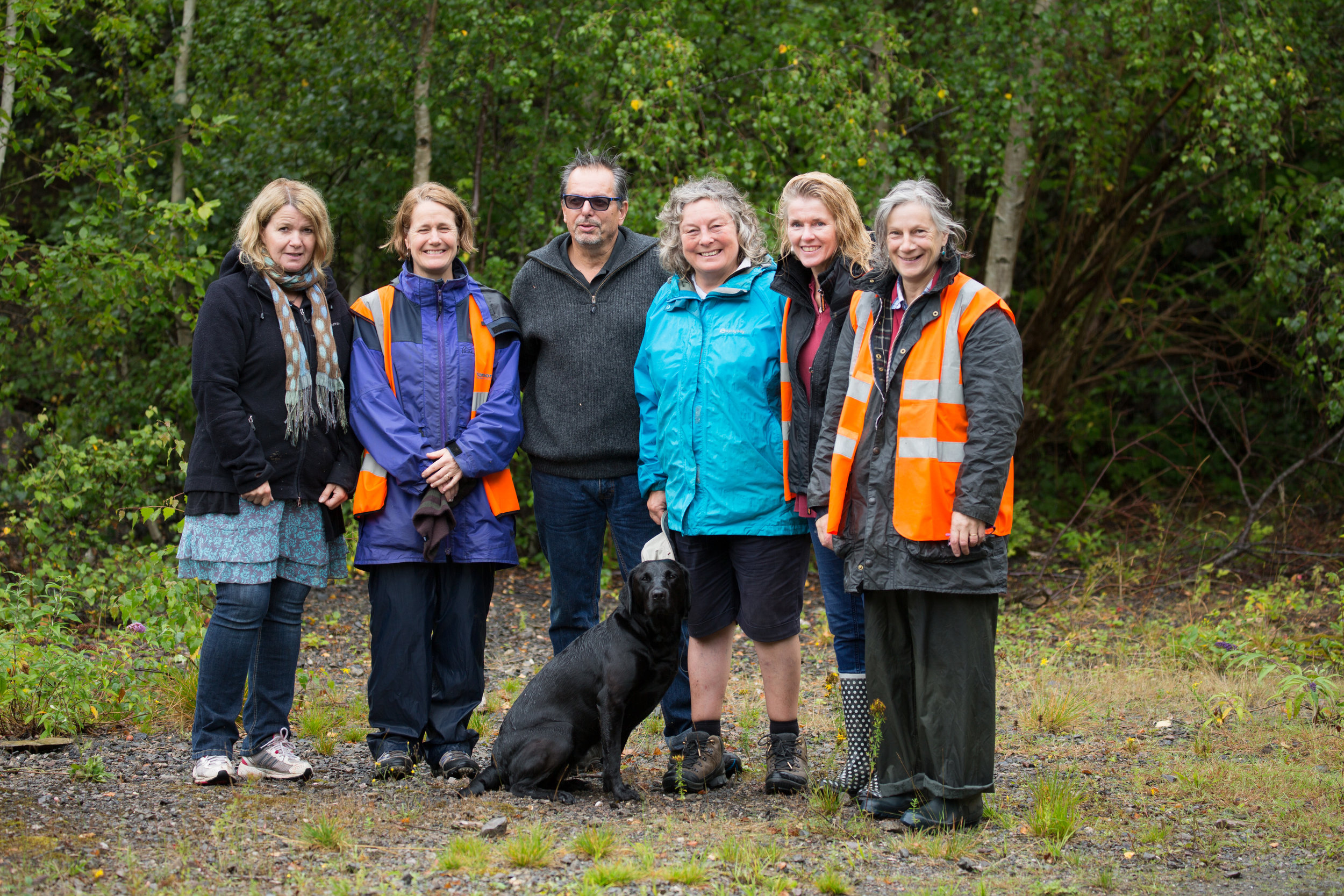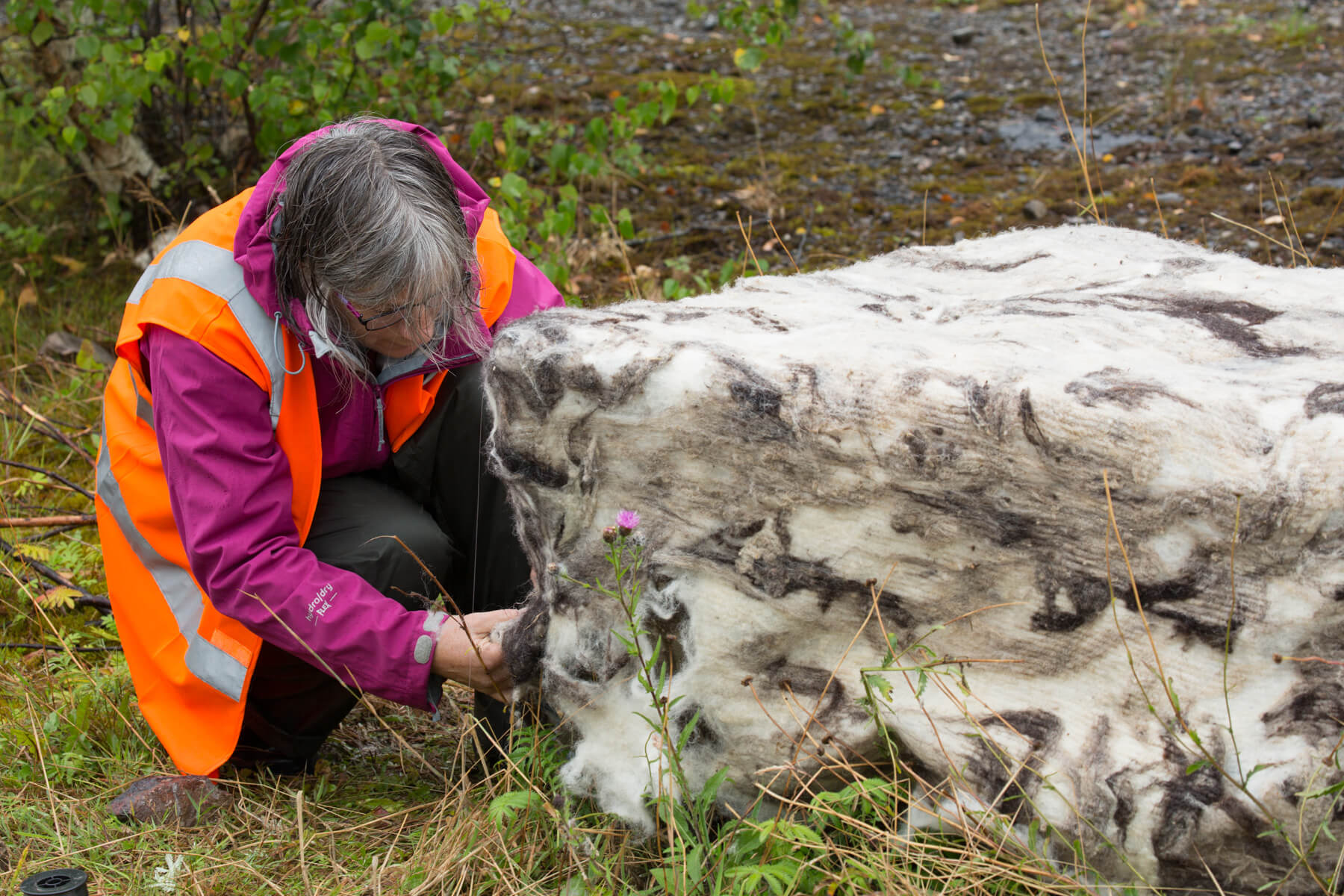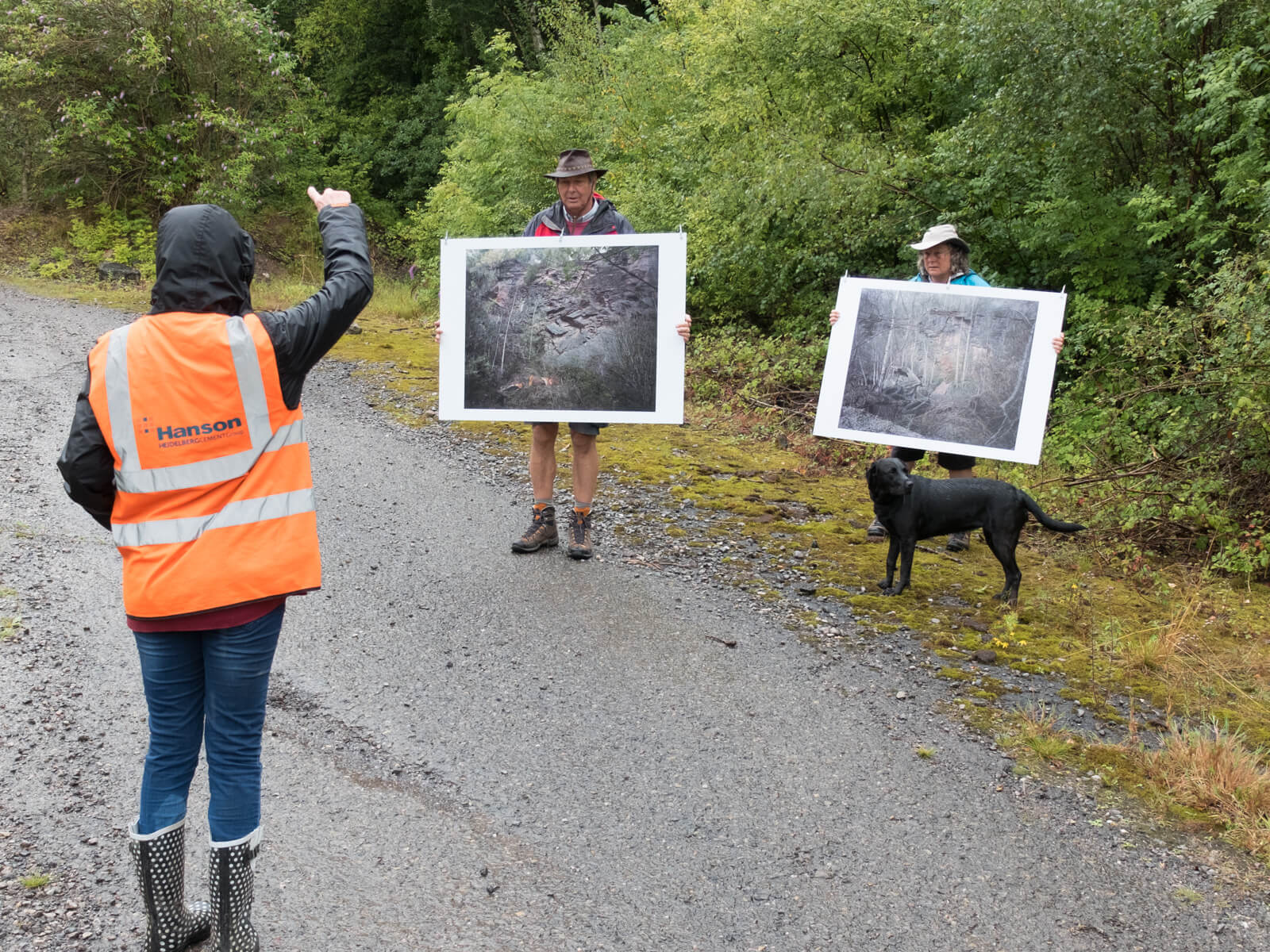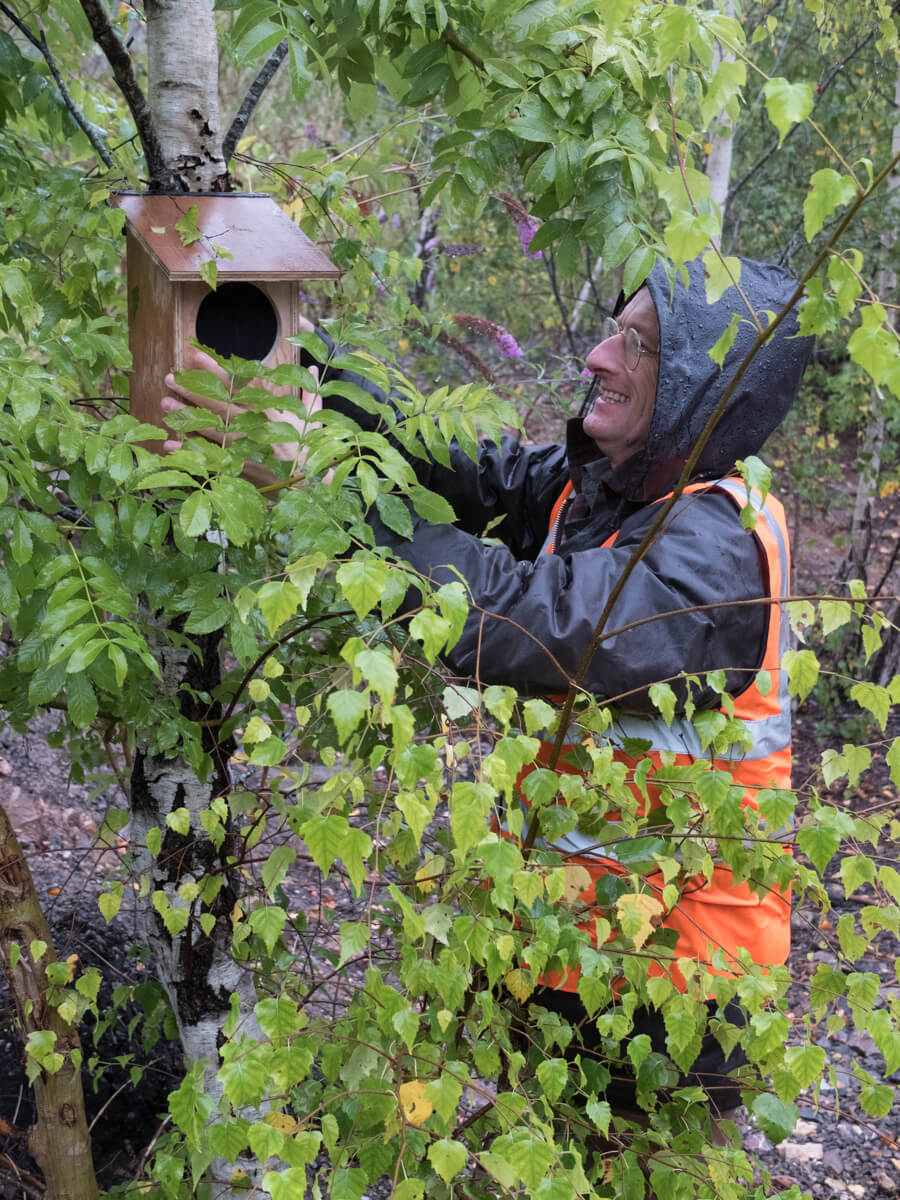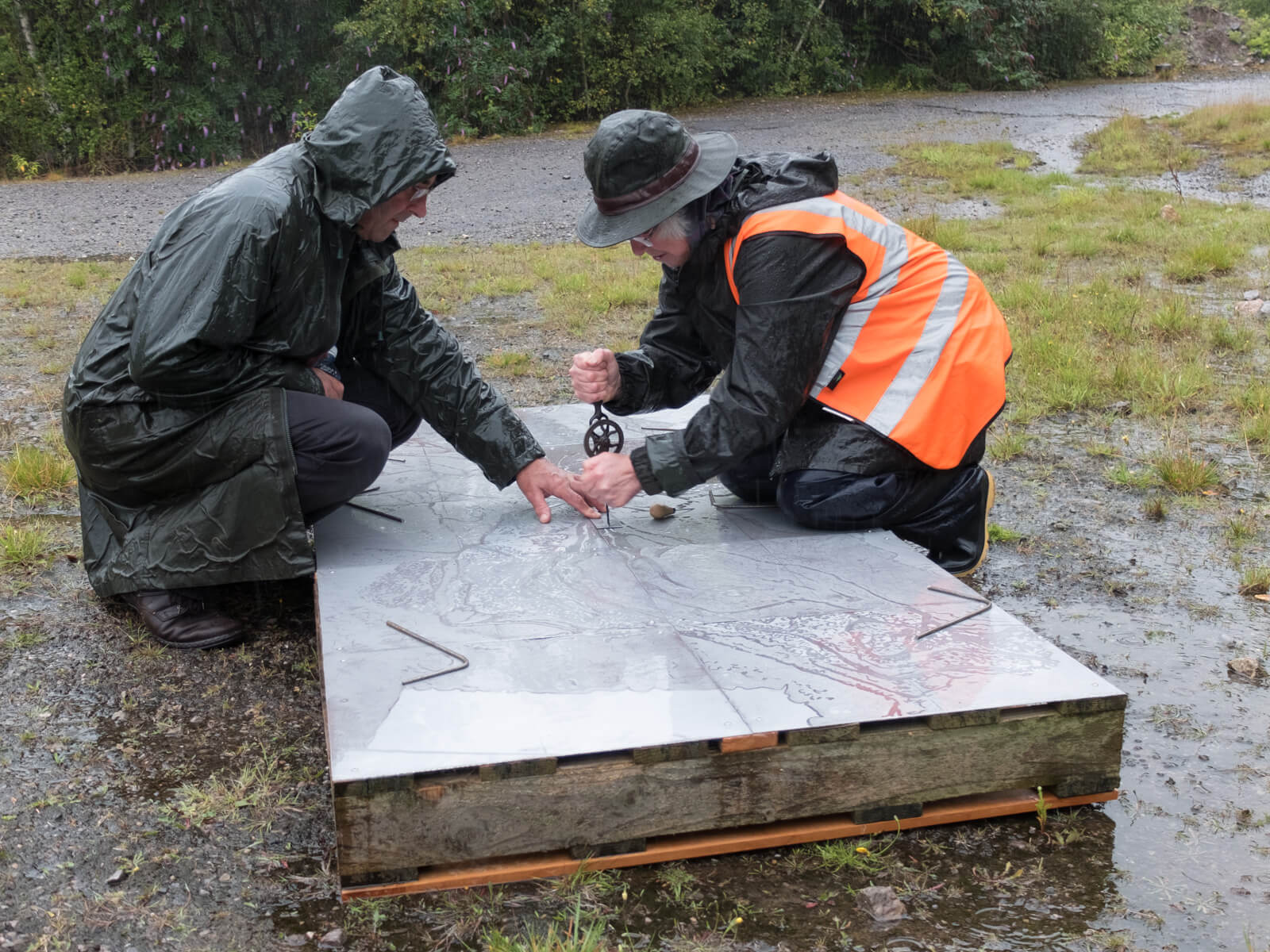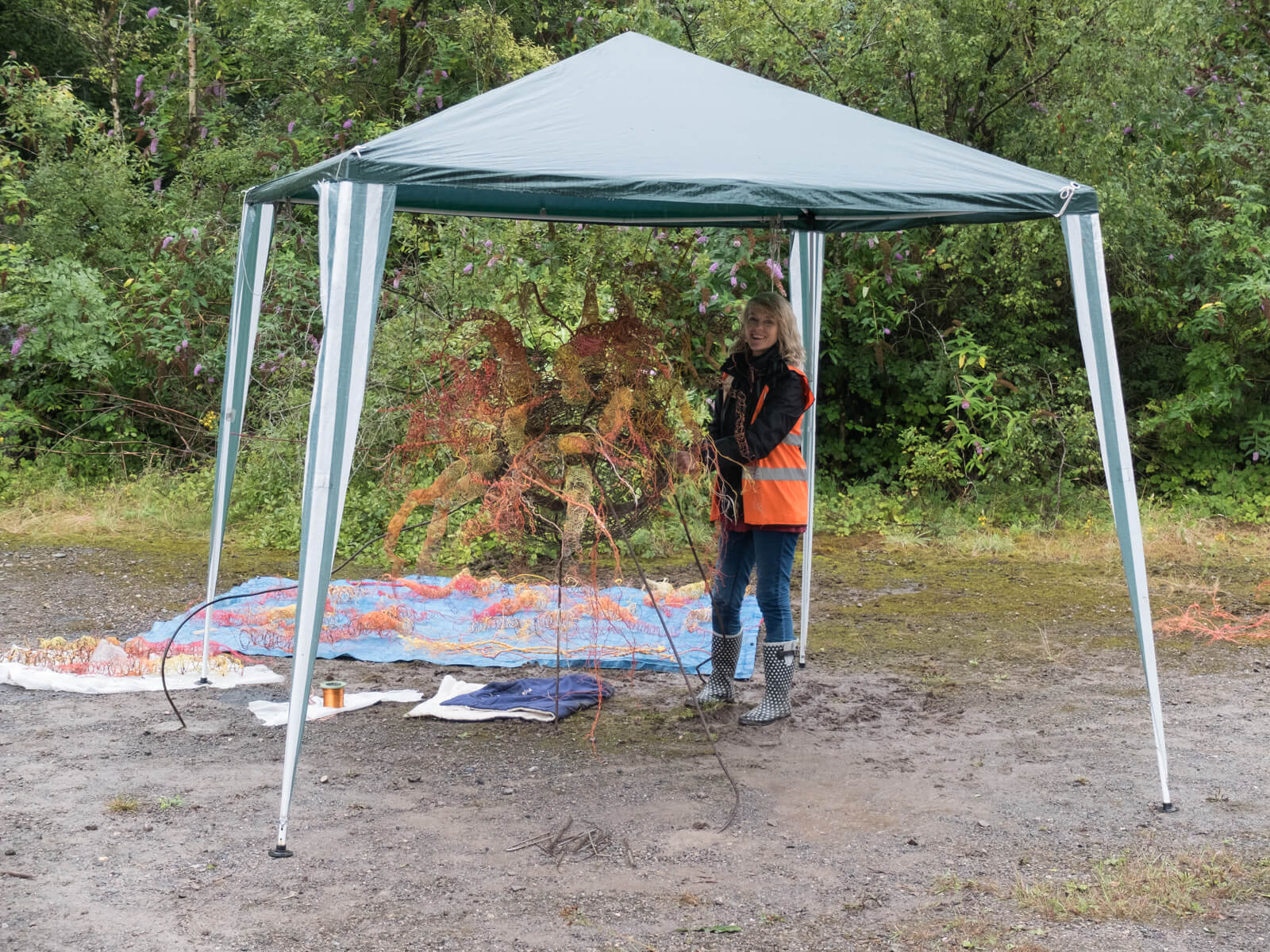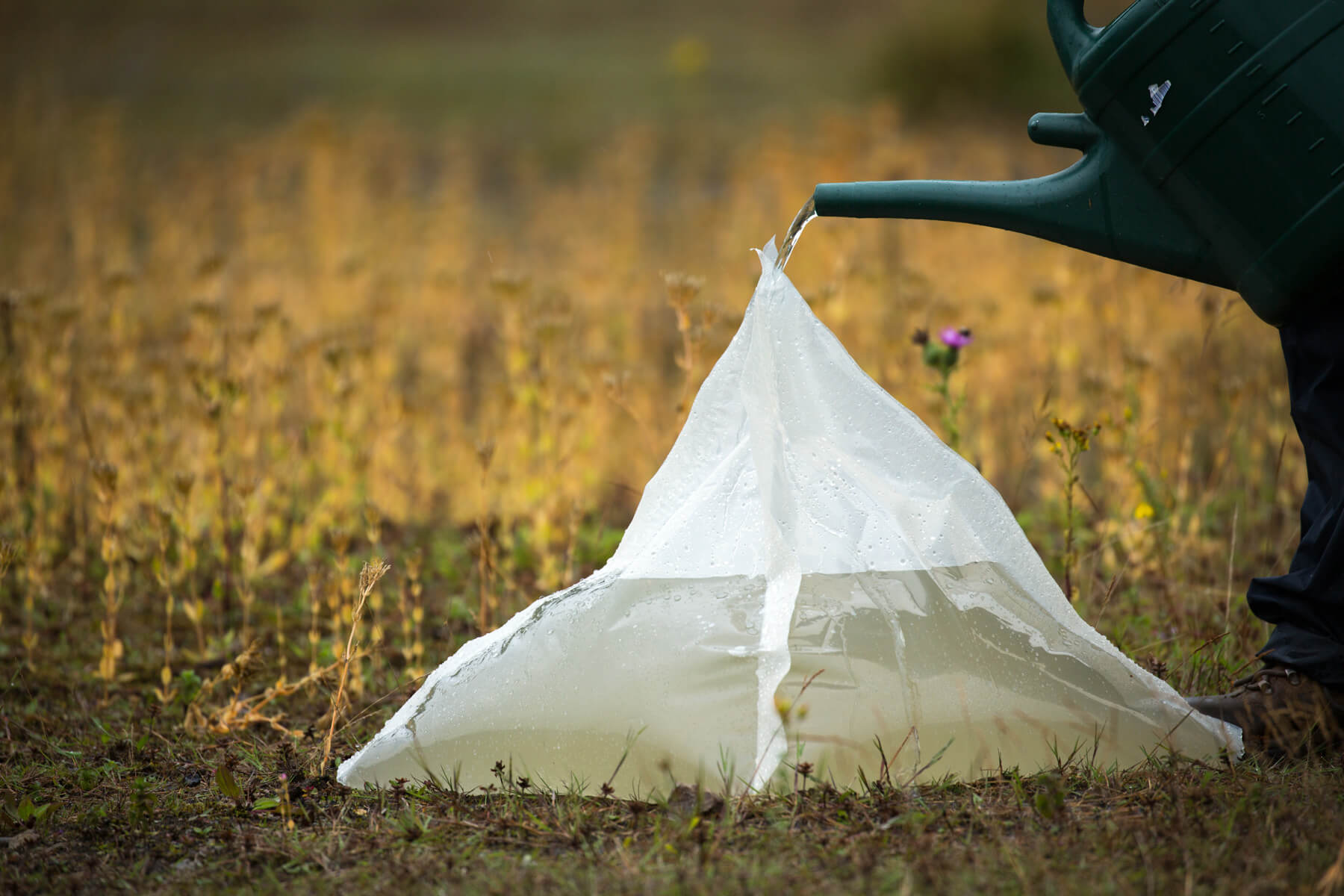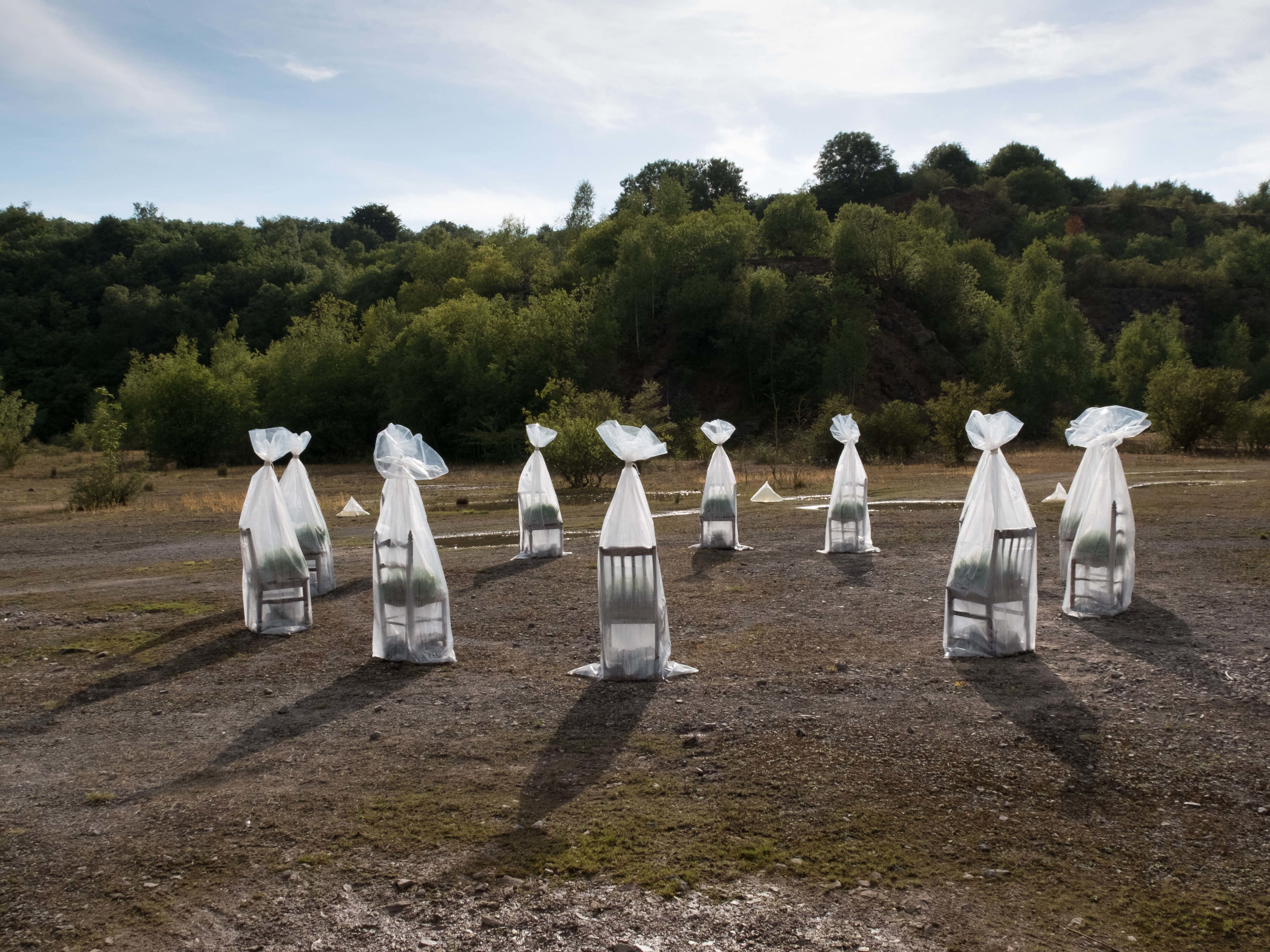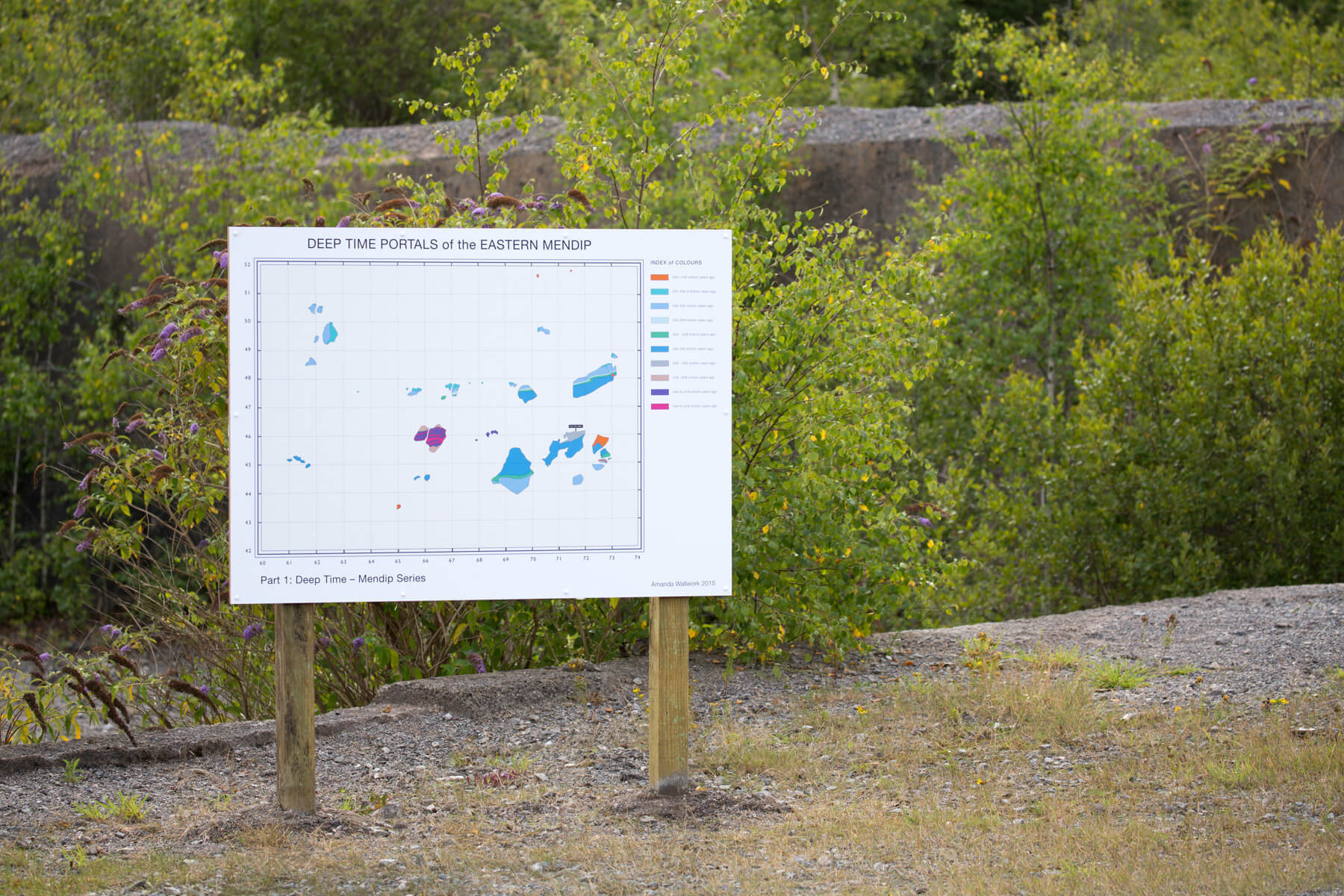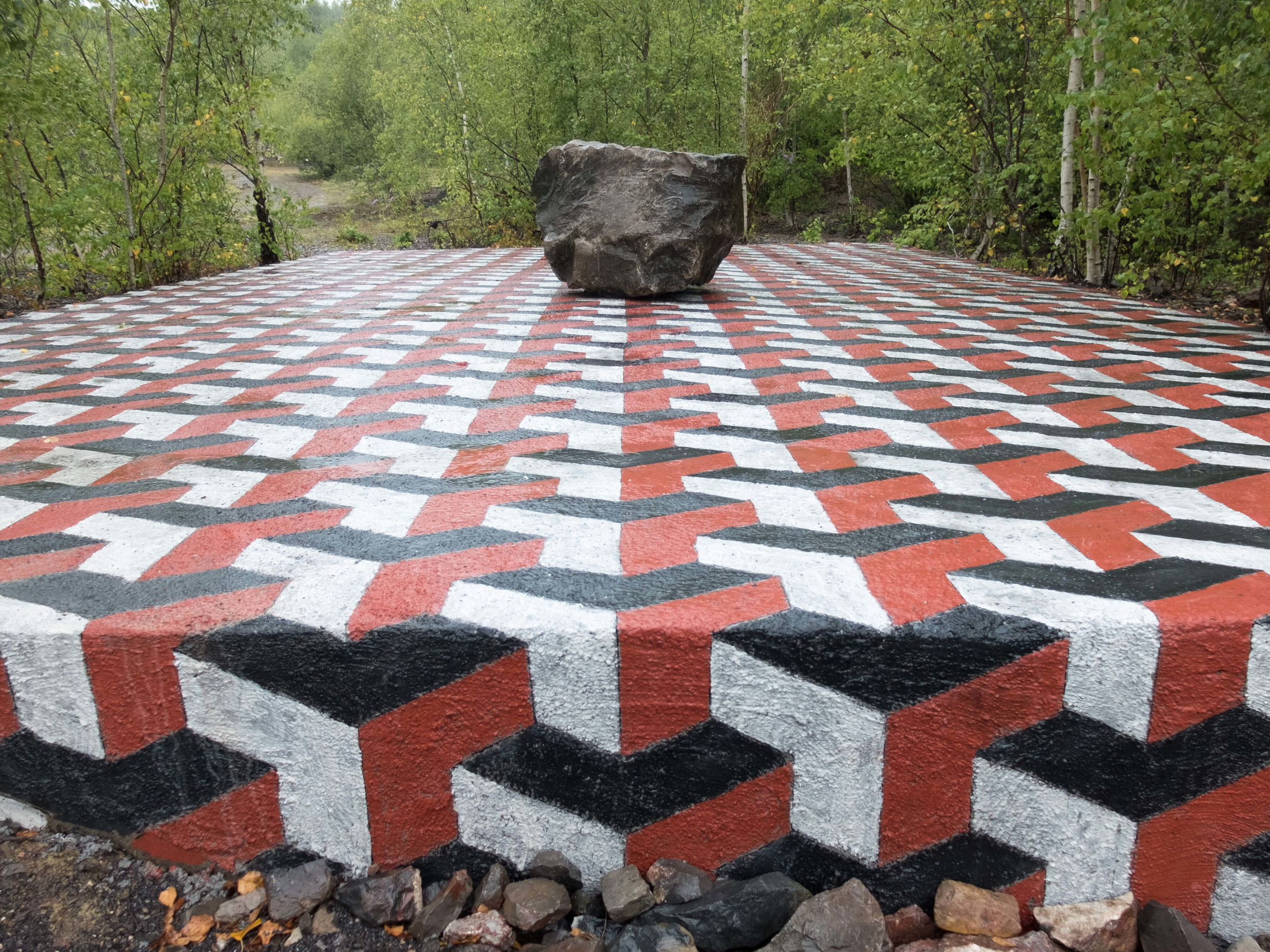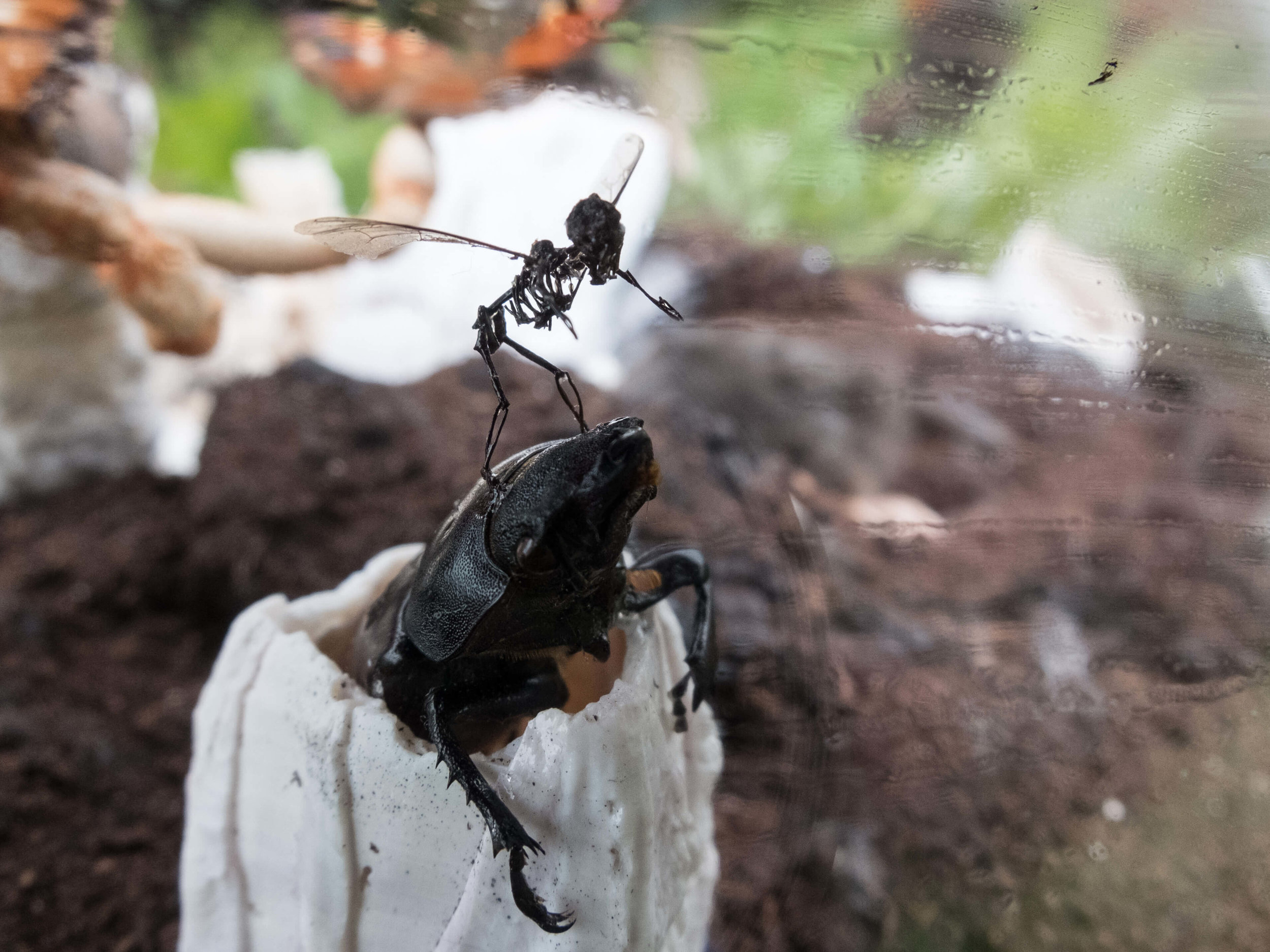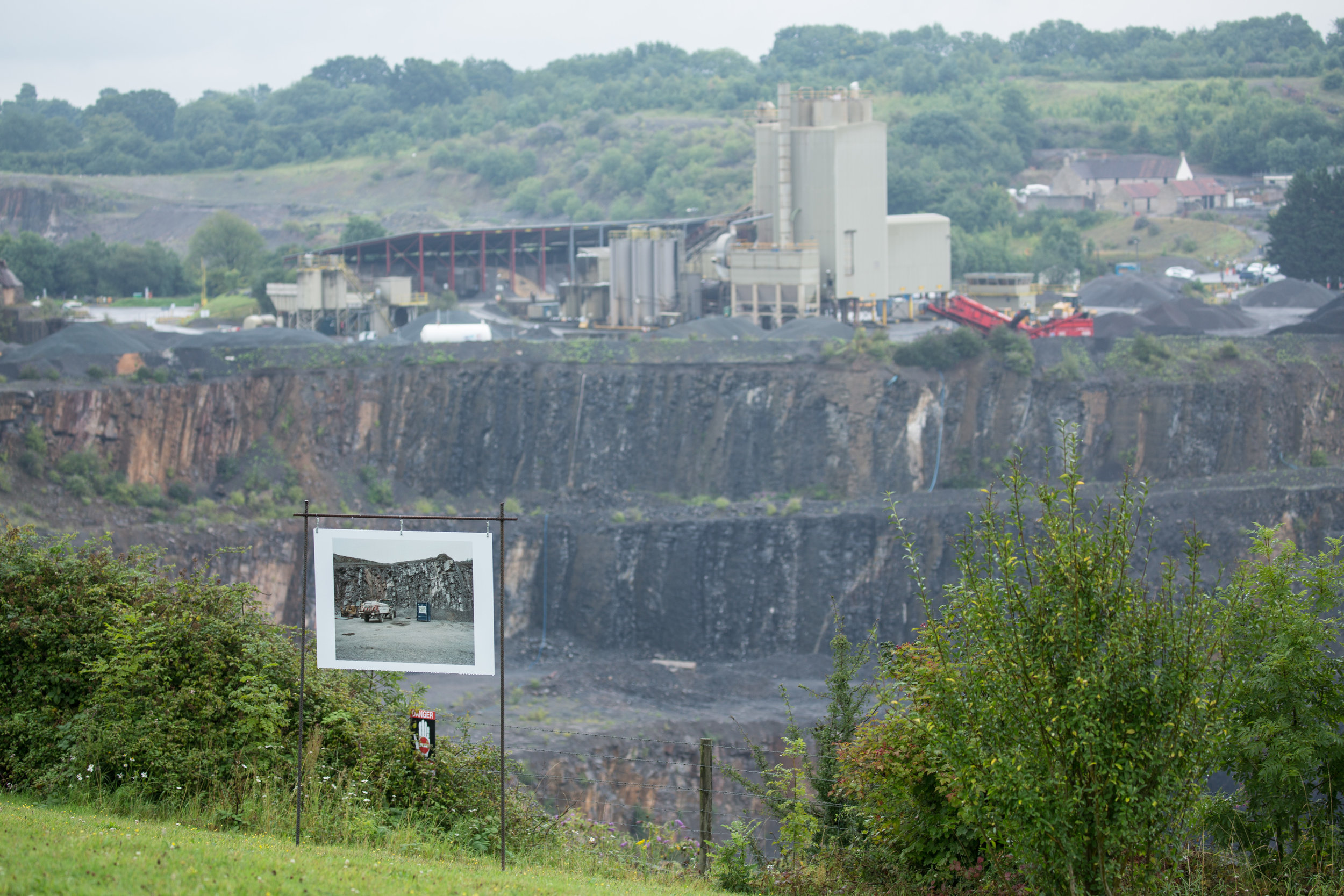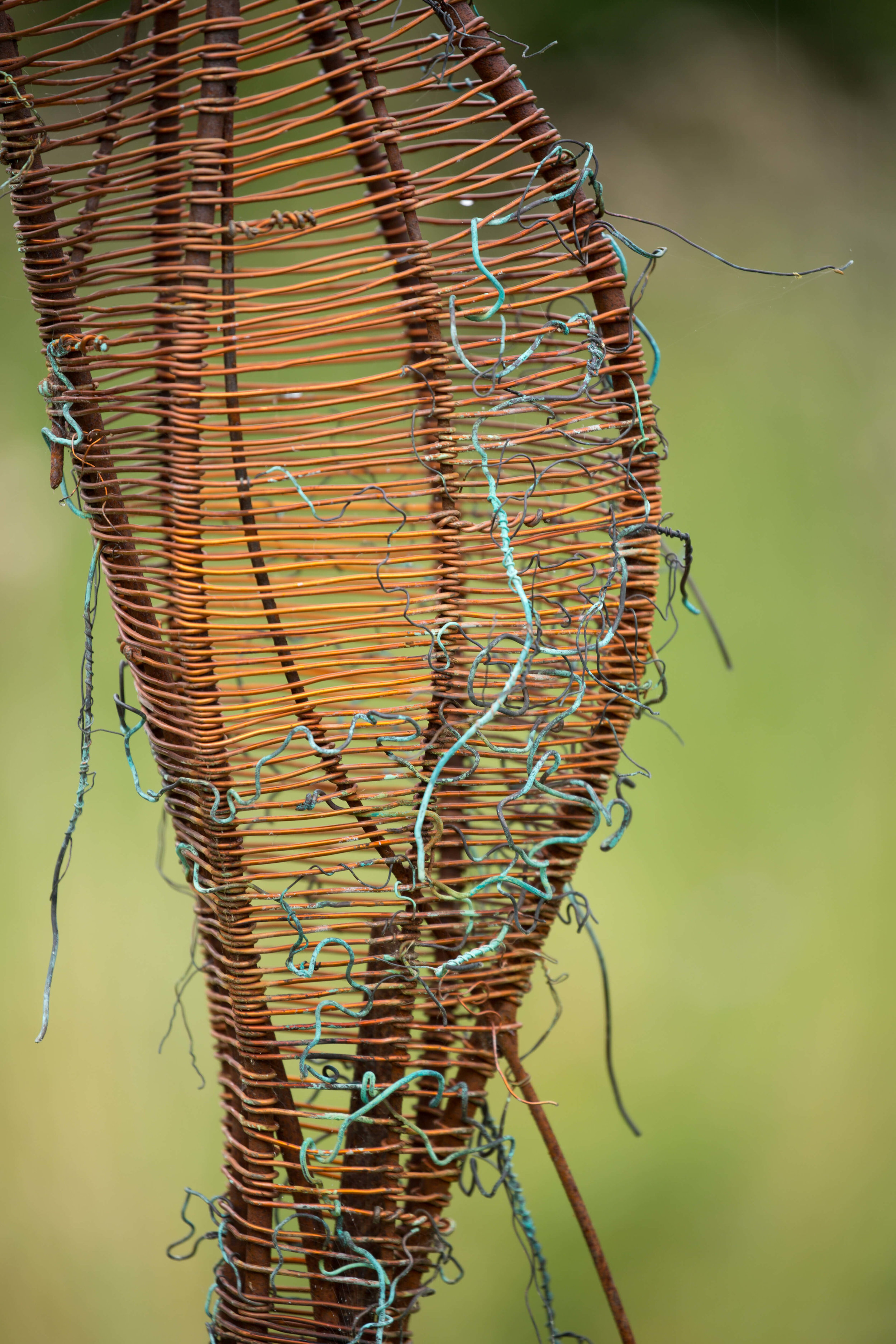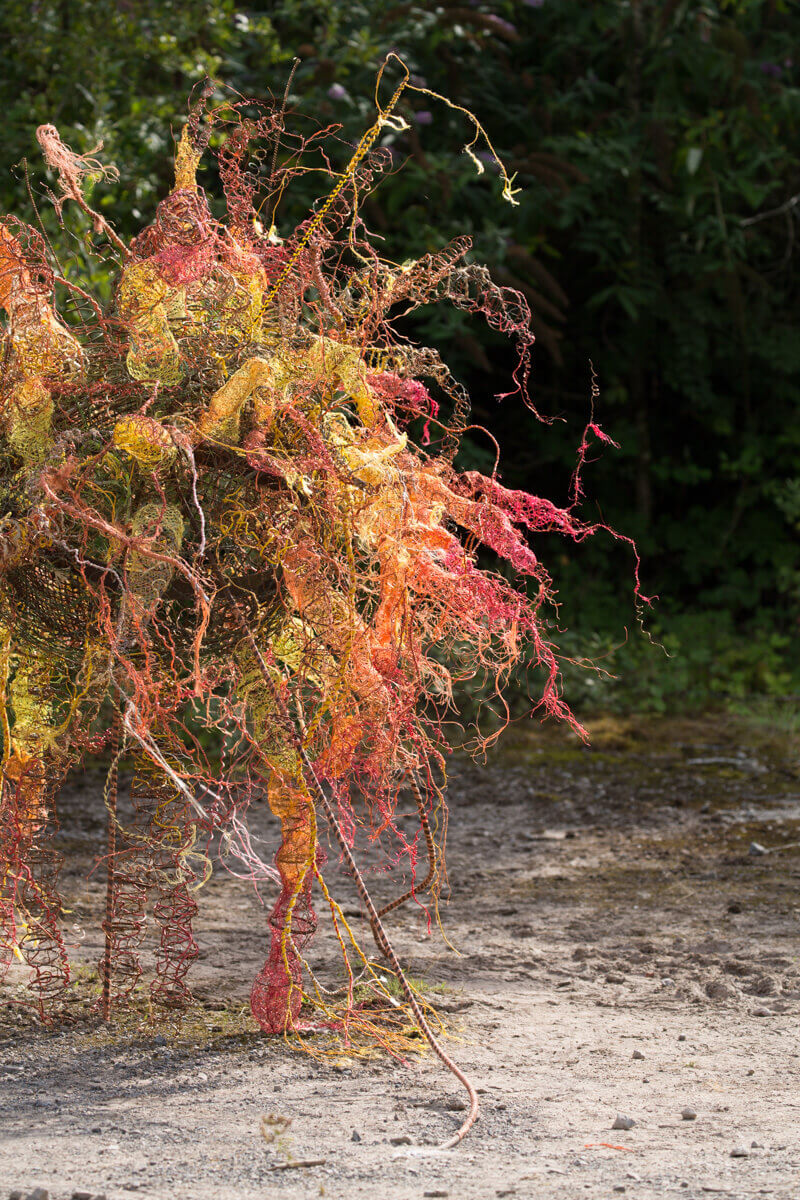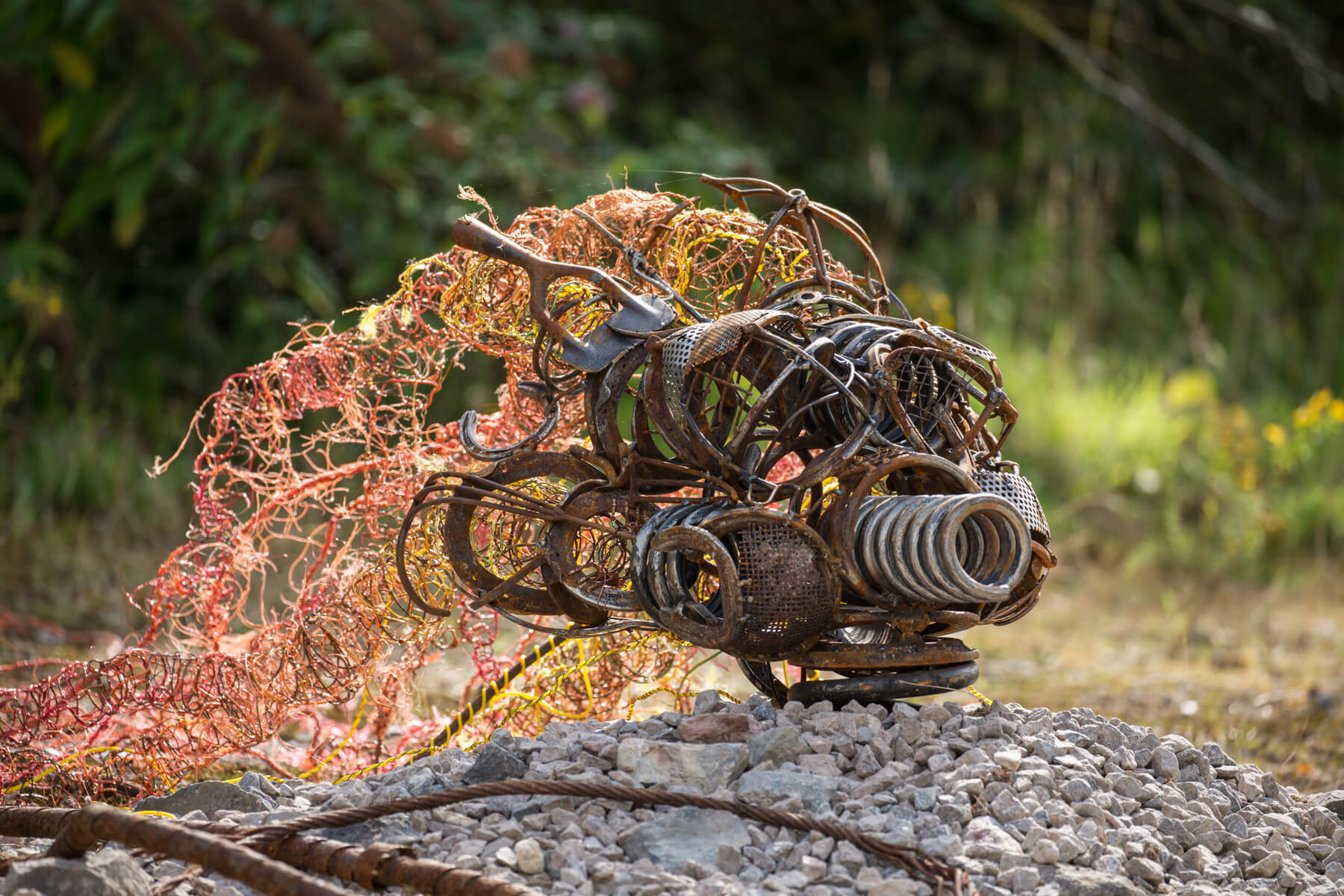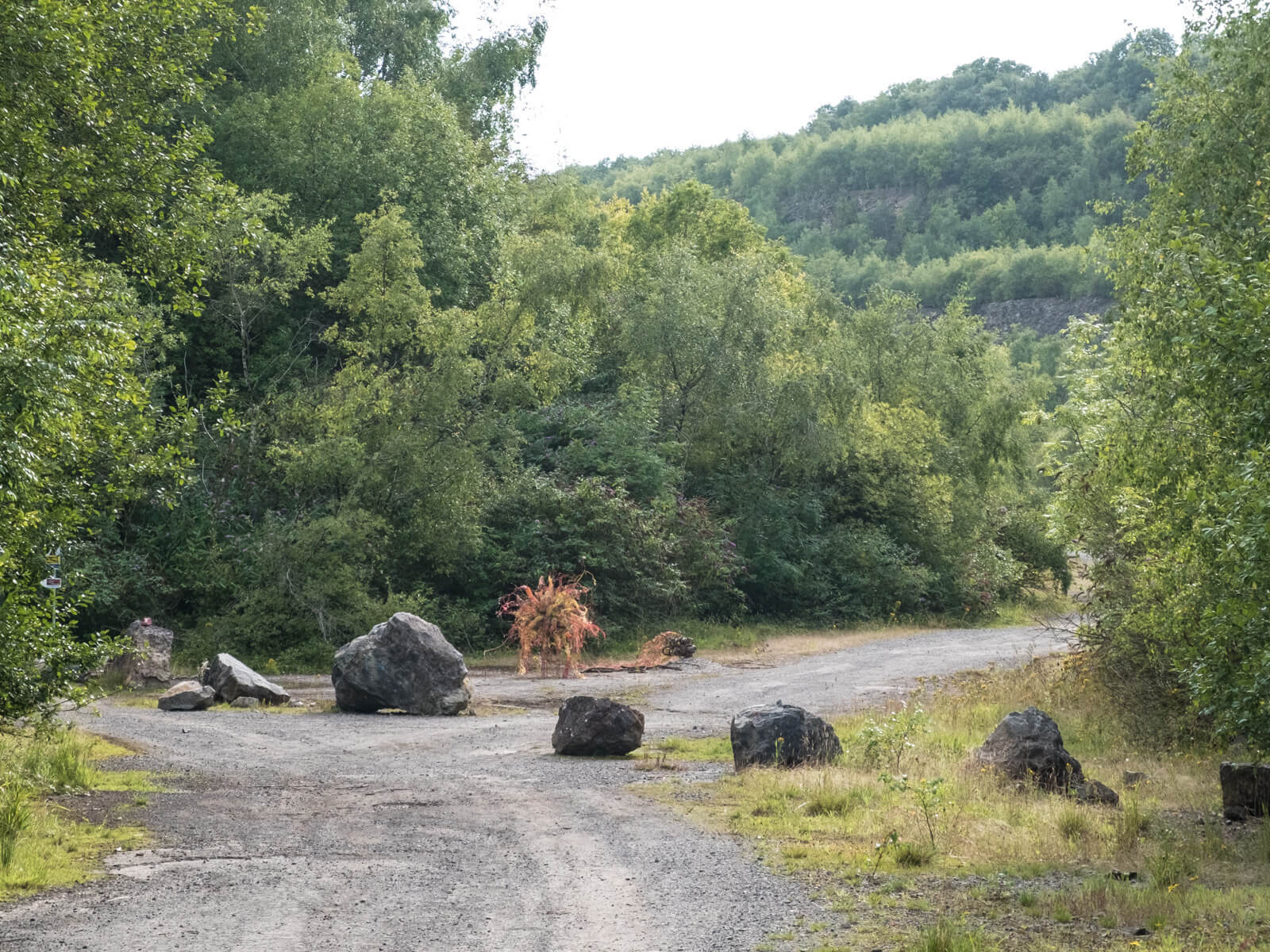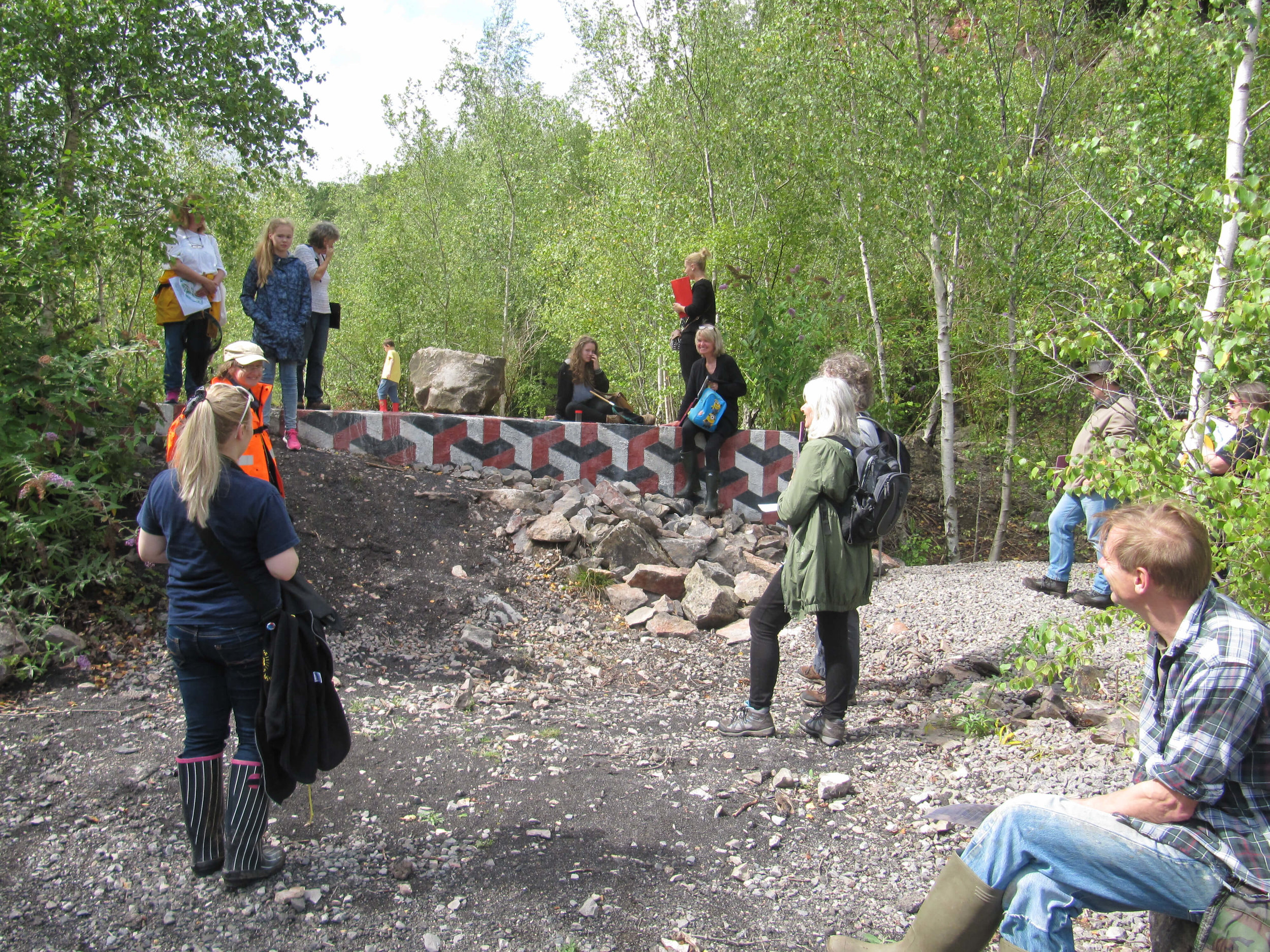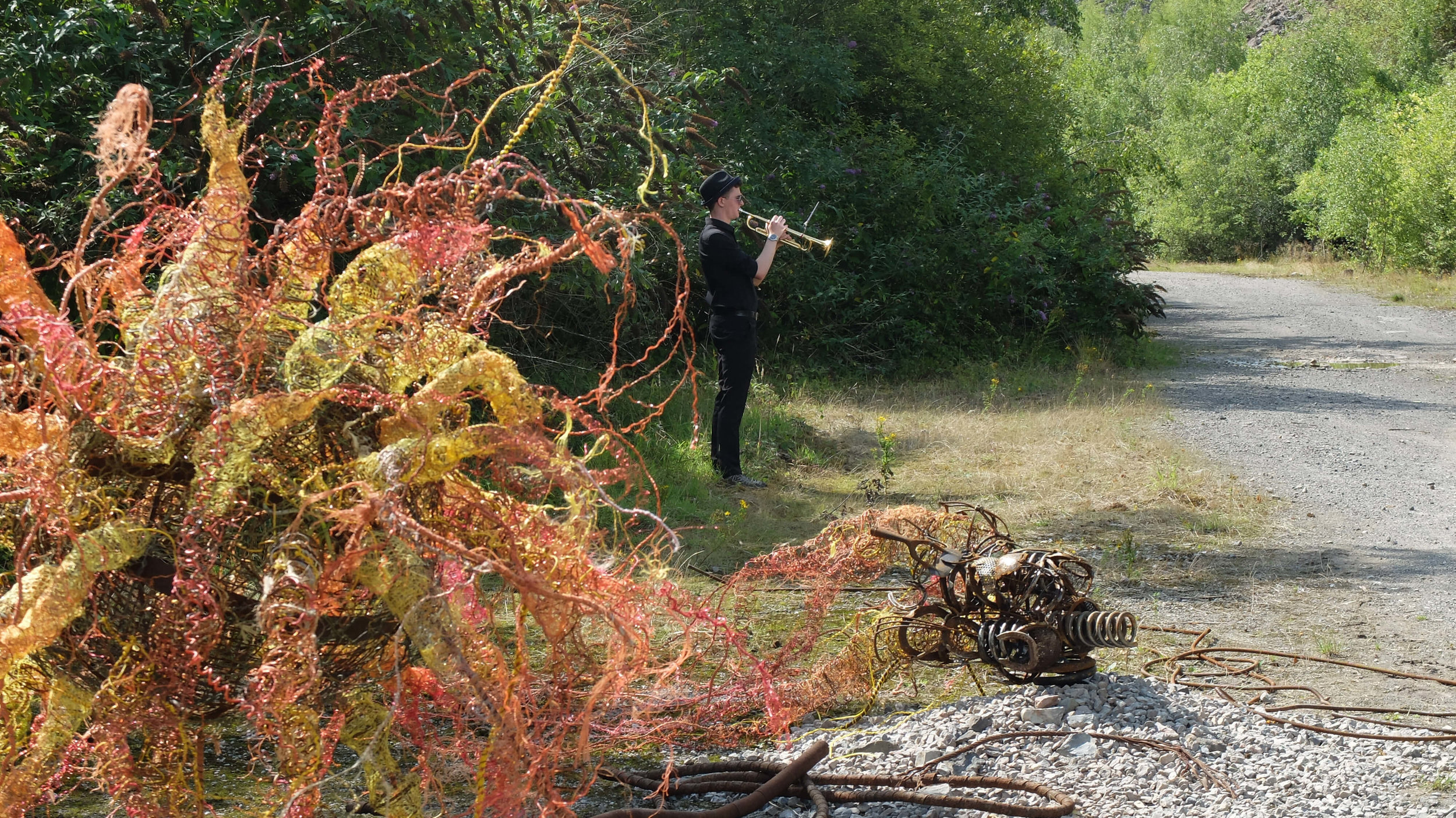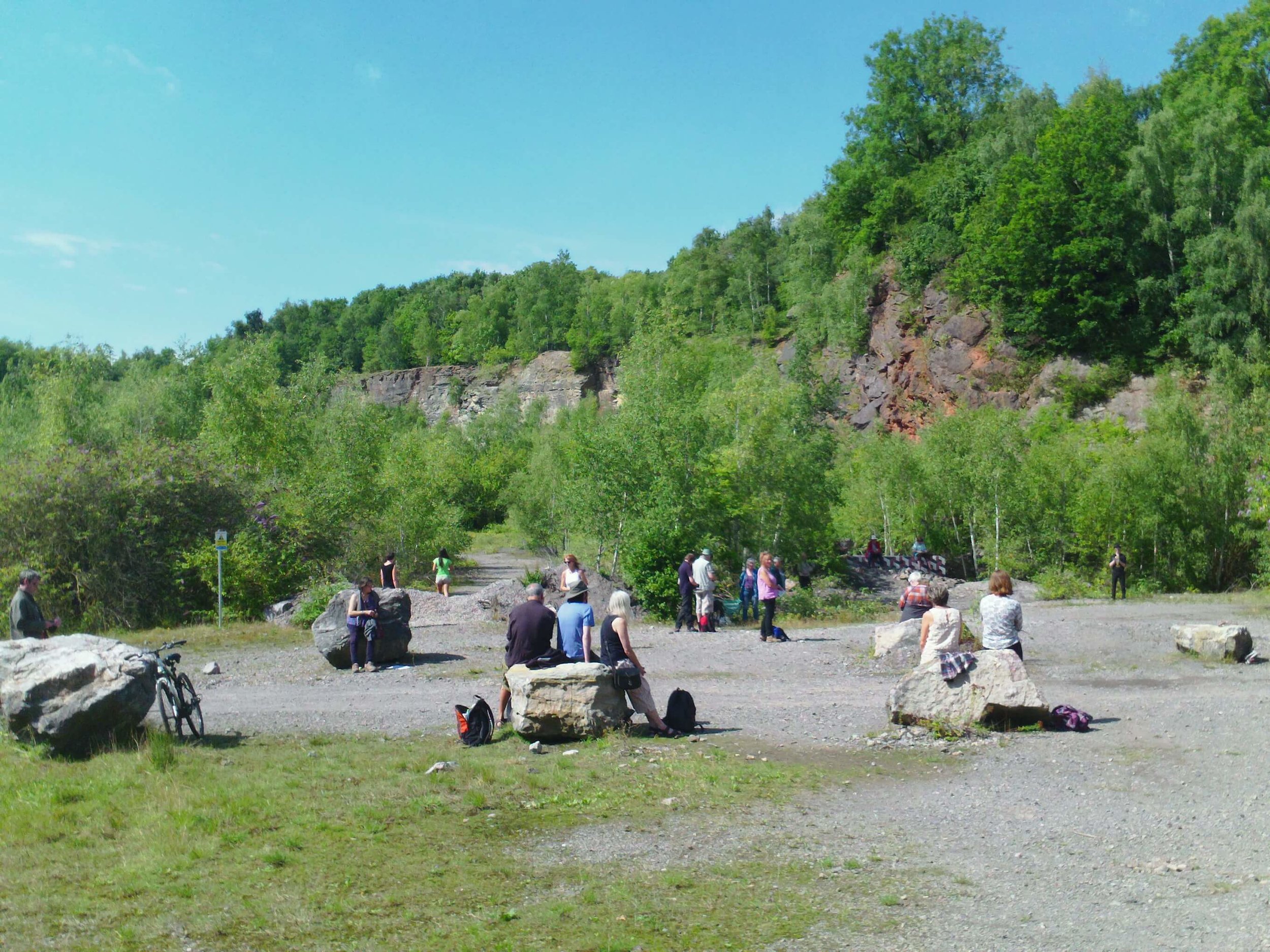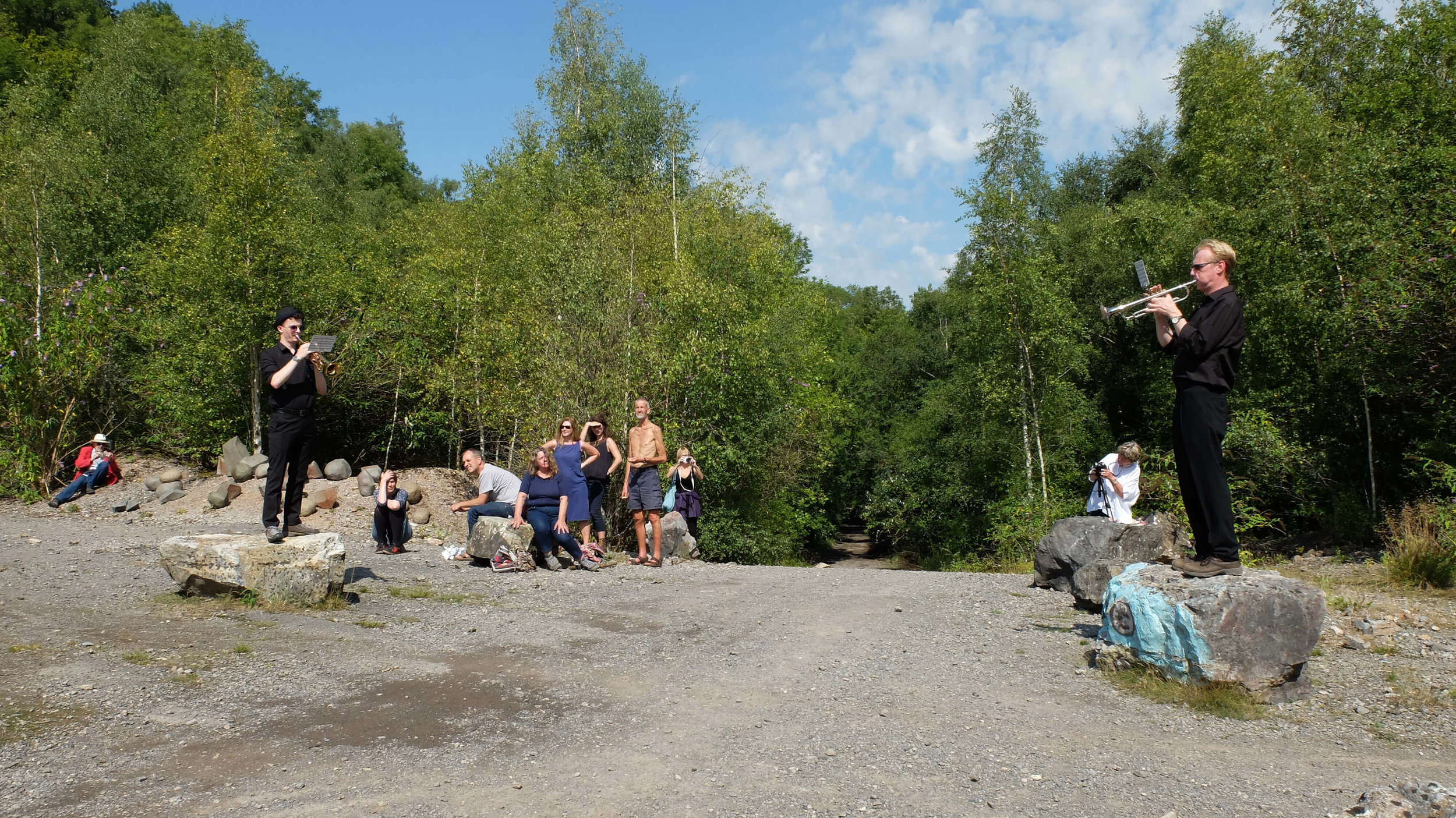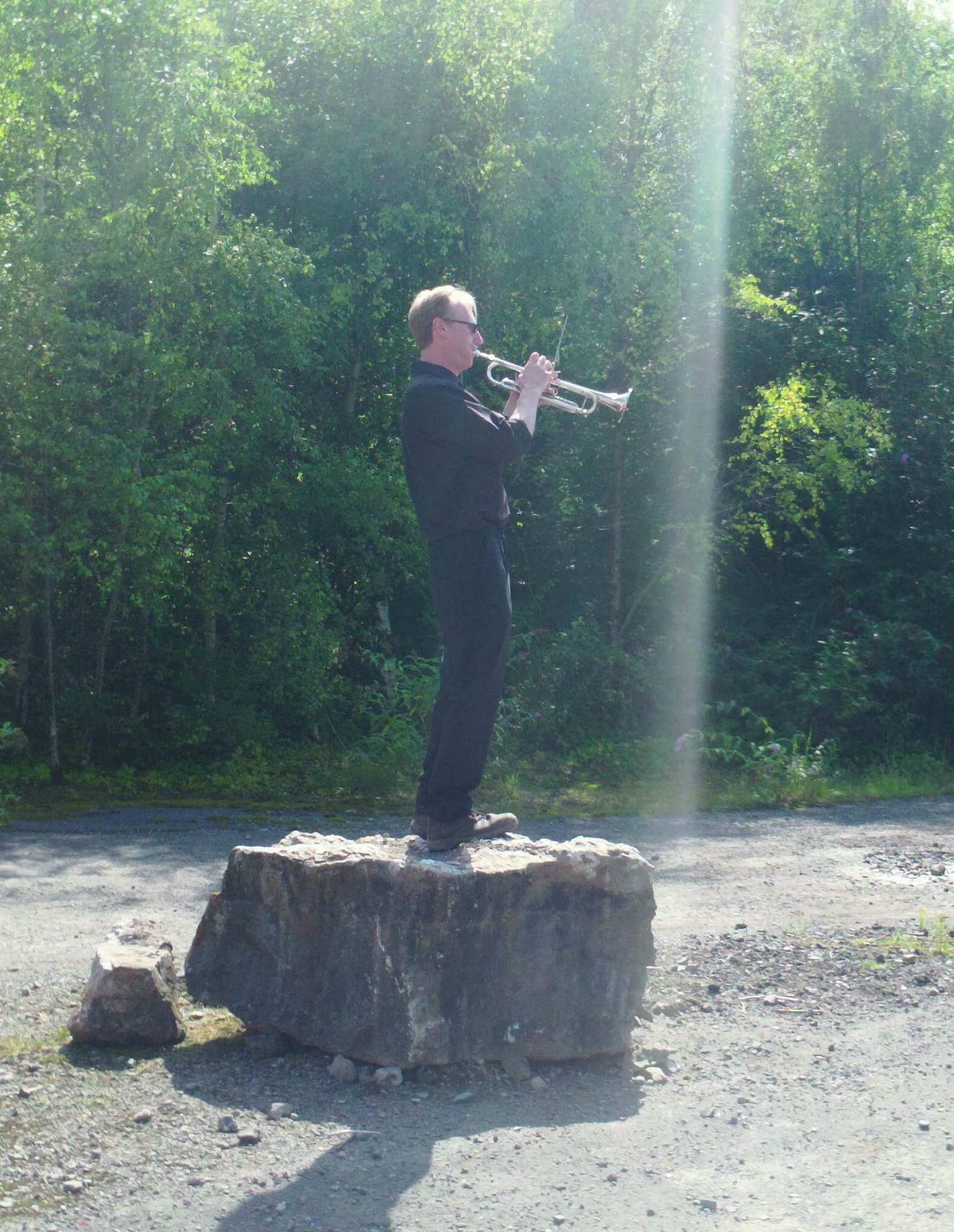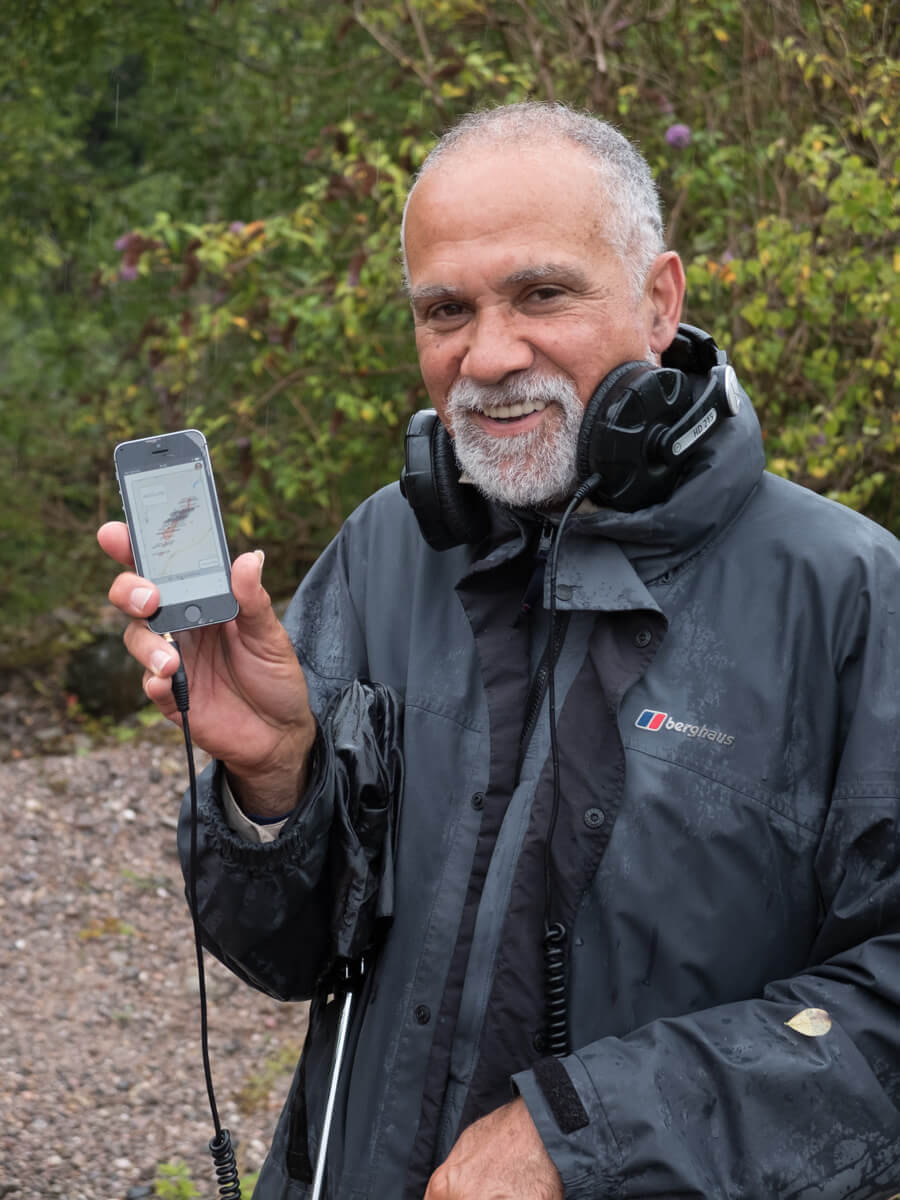At the start of this month, I went to a Somerset Art Weeks Symposium in Taunton ‘Prospecting: new directions and territories for artists’ practice’. It was an invigorating day, albeit condensed, making connections and thinking laterally. I particularly enjoyed catching up with SAW artists and meeting new practitioners. One of our tasks to bring to the event was a ‘This is Me’ profile for a group wall display. Mine (below) reflects on the tentacular nature of my practice:
The talks highlighted inspiring examples of socially engaged practice and collaboration. In workshops with Kerry Harker and Lydia Catterall we discussed the imperative for resilience, forging artist-led initiatives, and finding interesting spaces to show our work. With this in mind, I’ve been planning a few interesting ventures for next year. Two happen to involve prison cells.
I’m excited to be mulling over ideas for a residency culminating in a solo exhibition in the basement cells at Town Hall Arts, Trowbridge, in the Spring. Alongside the show, I'll be delivering some related workshops with the young and elderly. I am also in early stages of organising a joint art project and exhibition with Luminara Star and the Rubbish Art Project in Shepton Prison (the oldest UK working prison - now vacant until it gets developed into residential homes). The cells are still in tact. Both sites are unique, intriguing spaces for site-specific work, full of dark, sad histories, appropriate for creative responses to current society and environmental issues. On a sunny day, light through the windows, steel bars and grids casts dramatic linear shadows. The prison, now silent, has great acoustics - one can only imagine the sounds of its past. We hope to include other artists, possibly sound, film, performance and installation and will engage the community in the making process.
A recent tweet about a bull elephant being shot because it broke out of its fenced enclosure in South Africa made me fume. Almost as bad as poaching and trophy hunting. It turns out they did not maintain the fences adequately, and all he was doing was naturally pushing boundaries, exploring, roaming beyond barriers – human imposed after all. Why shoot him? Because he wasn’t towing the line we impose for our own humancentric logic.
Inky the Octopus, a hero in 2016, broke out of his aquarium tank in New Zealand National Aquarium, slid/crawled across the floor and down a drainpipe to the ocean. Amazing intelligence and agility, but as this article points out, for many reasons beyond our own intelligence. Octopuses are so very different to us – ‘aliens’ apparently. What’s fascinating is that ‘octopus literature is full of such flights to freedom’. The escape and how he did it remains a mystery. I was in awe watching an octopus in David Attenborough’s Blue Planet (Green Seas episode) trick a shark and escape by very cunningly and swiftly covering itself with a coat of shells. Picasso and his contemporaries were intrigued by ‘The Octopus’, 1928, a film by Jean Painleve, which led to Picasso's octopus-like women. Octopuses also remind me of the interconnectedness of life:
‘The tentacular are... fingery beings like humans... squid, jellyfish, neural extravaganzas, fibrous entities, flagellated beings... swelling roots... The tentacular are also nets and networks... Tentacularity is about life lived along lines... a series of interlaced trails’ (Donna Haraway, 2016)
So, this creature – a symbol of our great and mysterious oceans- inspired my design for a giant octopus lantern to lead 2018 Shepton Lantern Parade (see top). I am making the chicken-wire structure, then working on it with the community and the Rubbish art project in workshops at the Art Bank,Shepton Mallet, using recycled materials, especially plastic. Workshop dates: Sat 24 Nov 11am-1pm, Mon 26 11-1, Mon 3 Dec 7-9pm, Thur 6 Dec 4-6pm + more... To take part in a workshop email lucy@therubbishartproject.co.uk The Octopus will be lit by led lights and paraded on 22 December with the Shepton Lantern Parade. Please come along!
Creature and environmental concerns continue to engage me, as does the blurring of boundaries. My thoughts are currently meandering around concepts of confinement, caged animals/humans, factory farming, obstruction, barriers, walls within walls.. and I'm sure there will be an element of the tentacular.
Other news:
I received the official results of my Masters in Fine Art this week and delighted to have passed with distinction!
In between tidying up my studio so it's fit for purpose, I've started working on a 1 metre Great Crested Newt as a commission for Carymoor Environmental Centre in memory of Hamish Craig, whose amazing contribution to Carymoor was instigated by great crested newts found there.
Last week I ran my first workshop as part of the Holburne Museum education team. It was an A'Level life-drawing session linked to 'Rodin: rethinking the fragment'. It encouraged me to do some of my own life-drawing beforehand and prep on Rodin's link with the Pantheon sculptures, which all helped.
The class did some fabulous drawings:
Forthcoming exhibitions include: Residency and Solo Exhibiiton (title TBC), The Cells, Town Hall Arts, Trowbridge, April - May; Incendiary, Landsdown Gallery and SVA, Stroud, 4-10 February 2019; Marks Hall Sculpture, Essex, 20 July - 1 September 2019; Reformation, Bishops Palace, Wells, July - October 2019. More info to follow.
If you'd like to receive updates please follow me here or on instagram, where I add regular updates: https://www.instagram.com/fionacampbellartist/
My website is undergoing a complete rehaul and a much needed paring down. Watch this space!














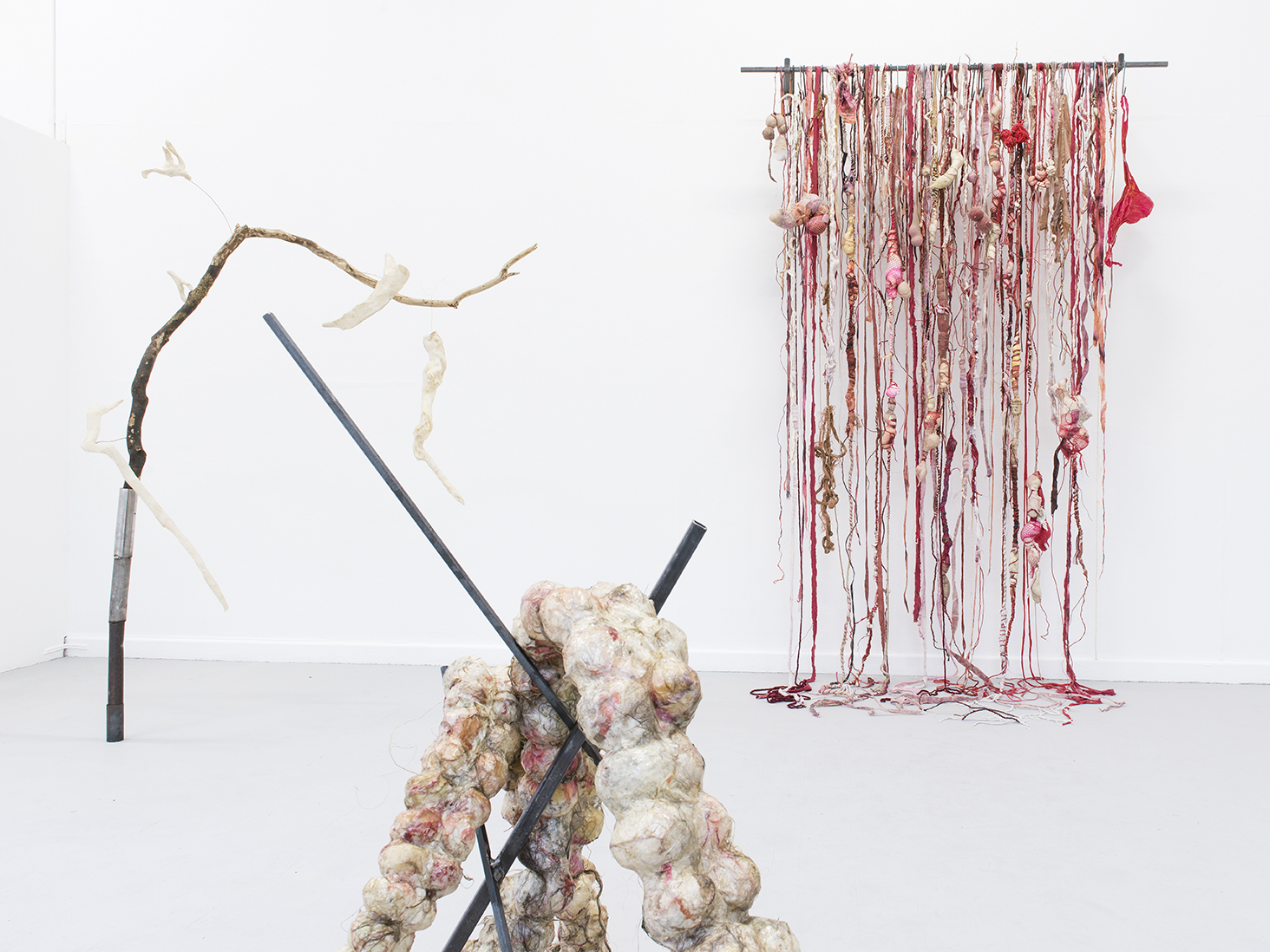 My intense 2-year MFA course at Bath Spa Uni has now come to a successful end. I threw myself into it mind and body, so the past few weeks have been a strange time of re-adjustment and reorganising, sadness, but also hope for exciting work ahead. Time to move on. Below are some images of the 3 works I presented for the final module and MA Show - thanks to John Taylor for some of these photographs. Through the MA, my practice has undergone a series of shifts; it has developed more integrity, an expansiveness, but also a paring down in approach. I was happy with the results and delighted with my grade.
My intense 2-year MFA course at Bath Spa Uni has now come to a successful end. I threw myself into it mind and body, so the past few weeks have been a strange time of re-adjustment and reorganising, sadness, but also hope for exciting work ahead. Time to move on. Below are some images of the 3 works I presented for the final module and MA Show - thanks to John Taylor for some of these photographs. Through the MA, my practice has undergone a series of shifts; it has developed more integrity, an expansiveness, but also a paring down in approach. I was happy with the results and delighted with my grade.




































































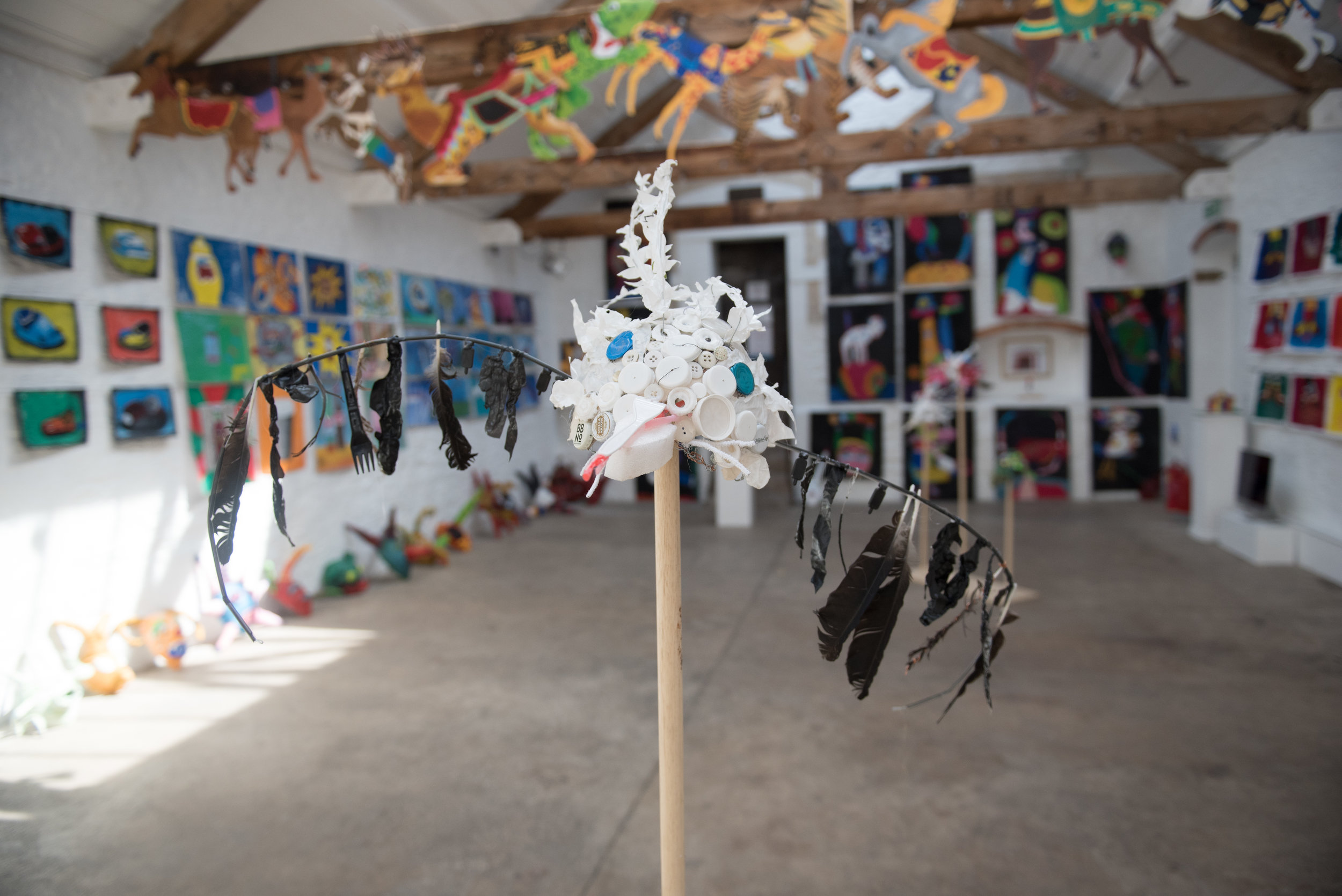
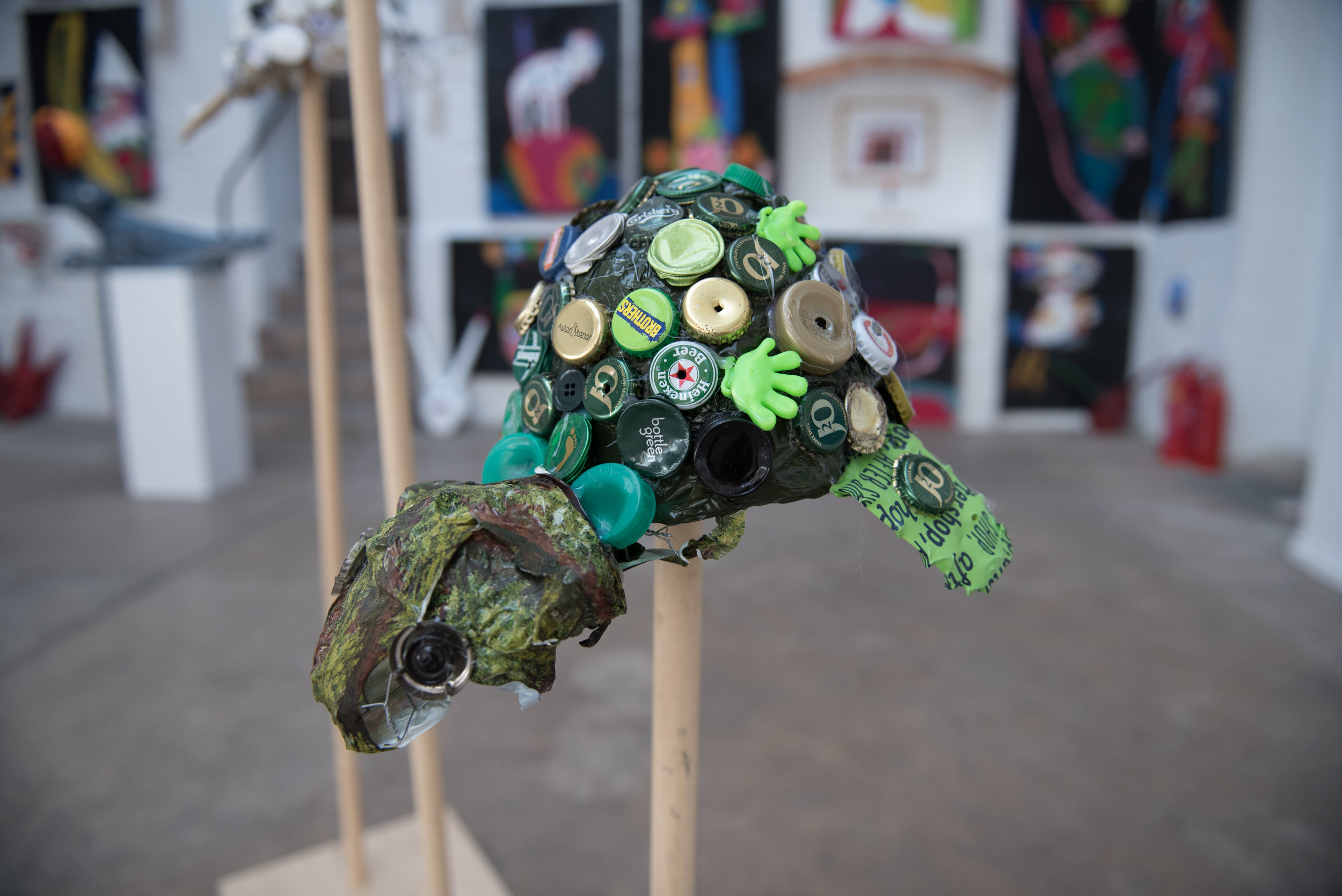












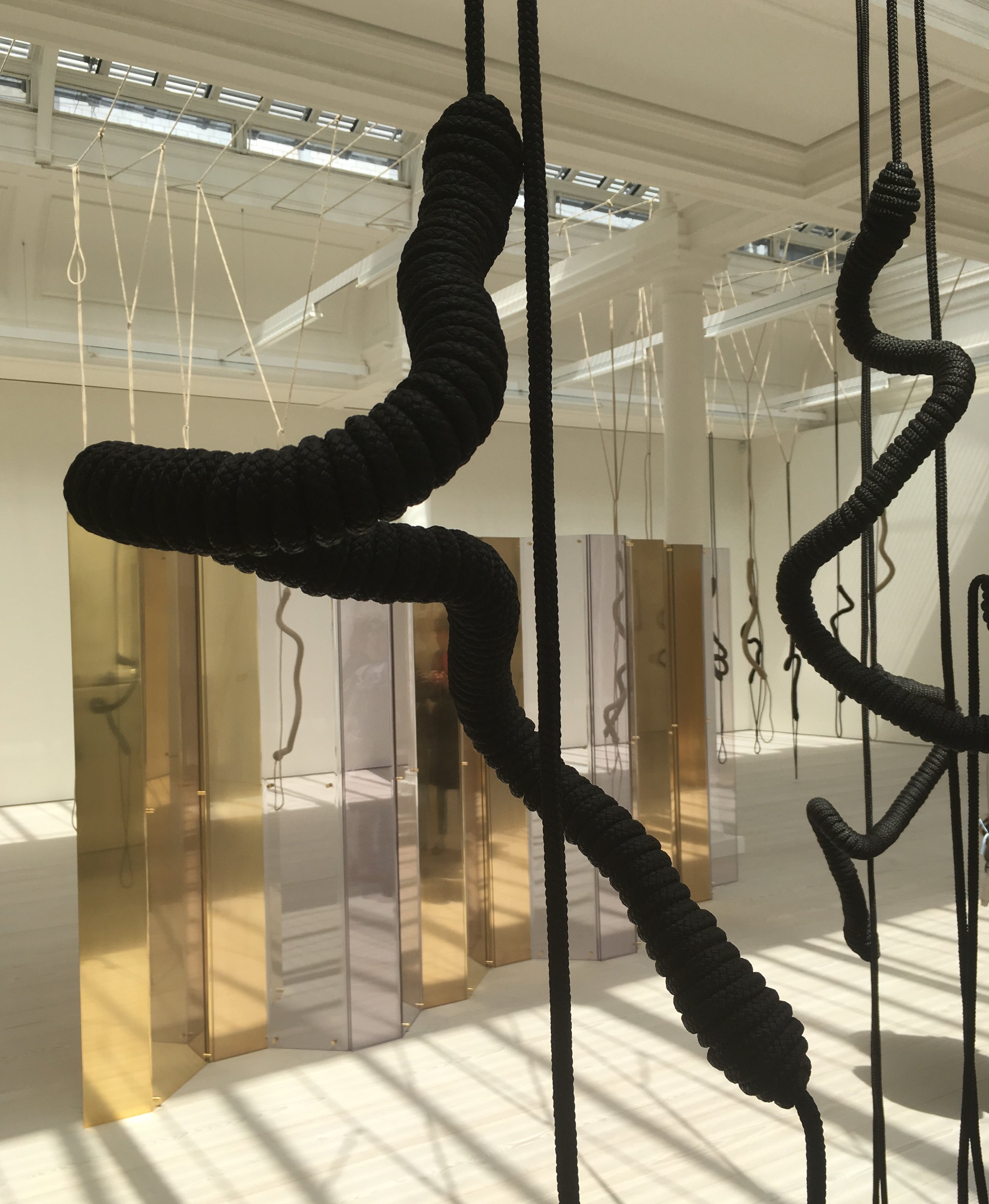


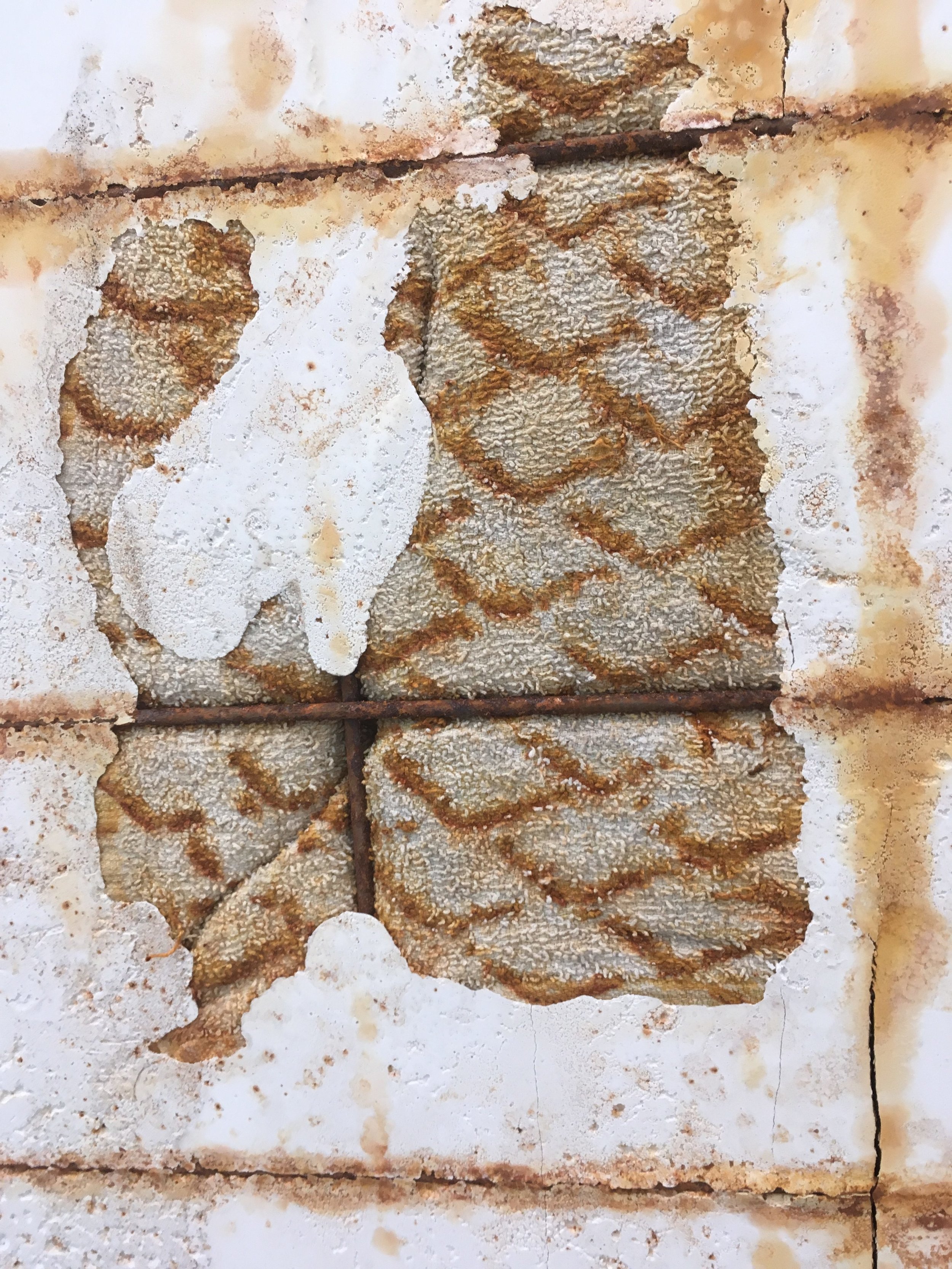
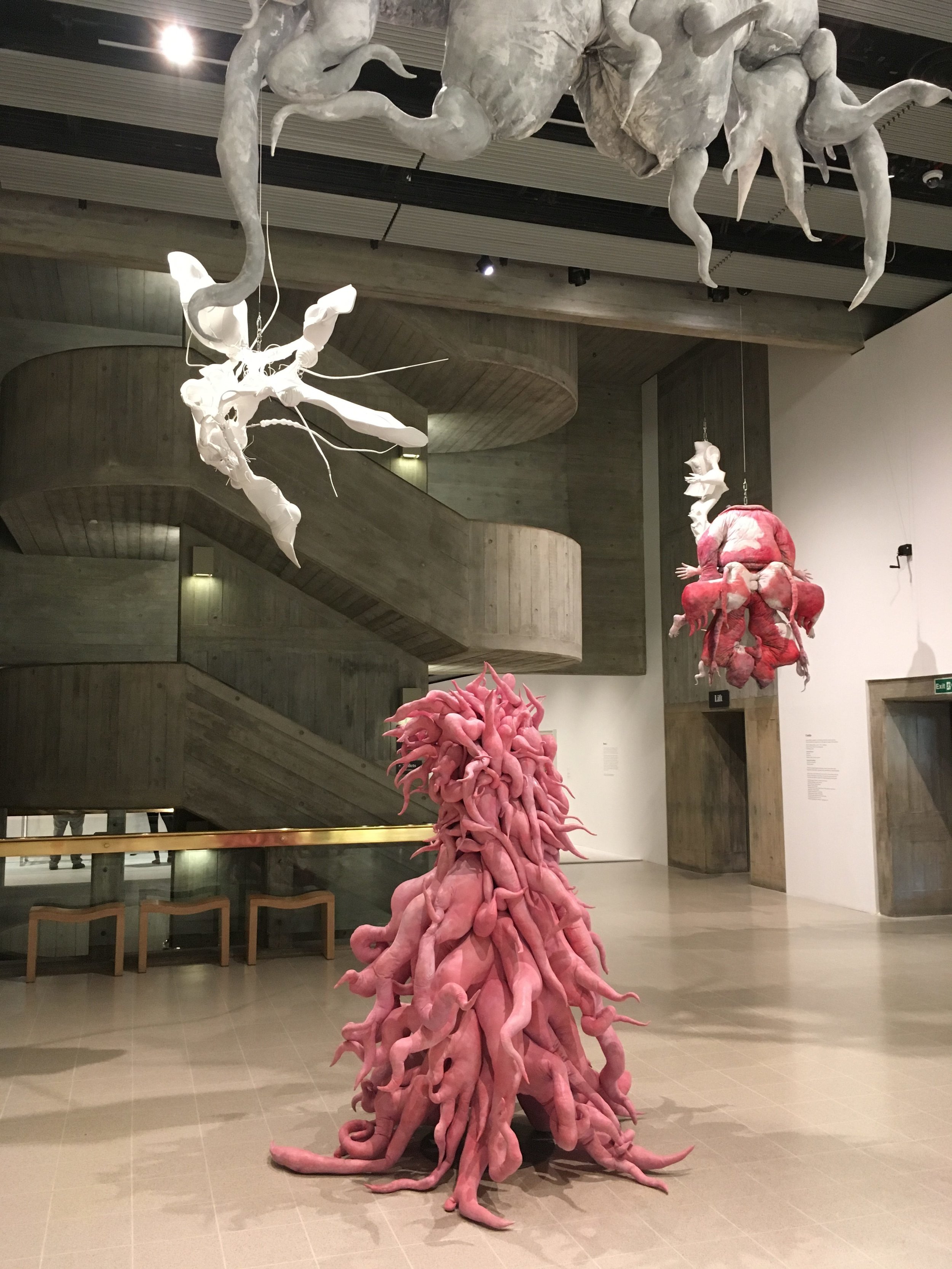

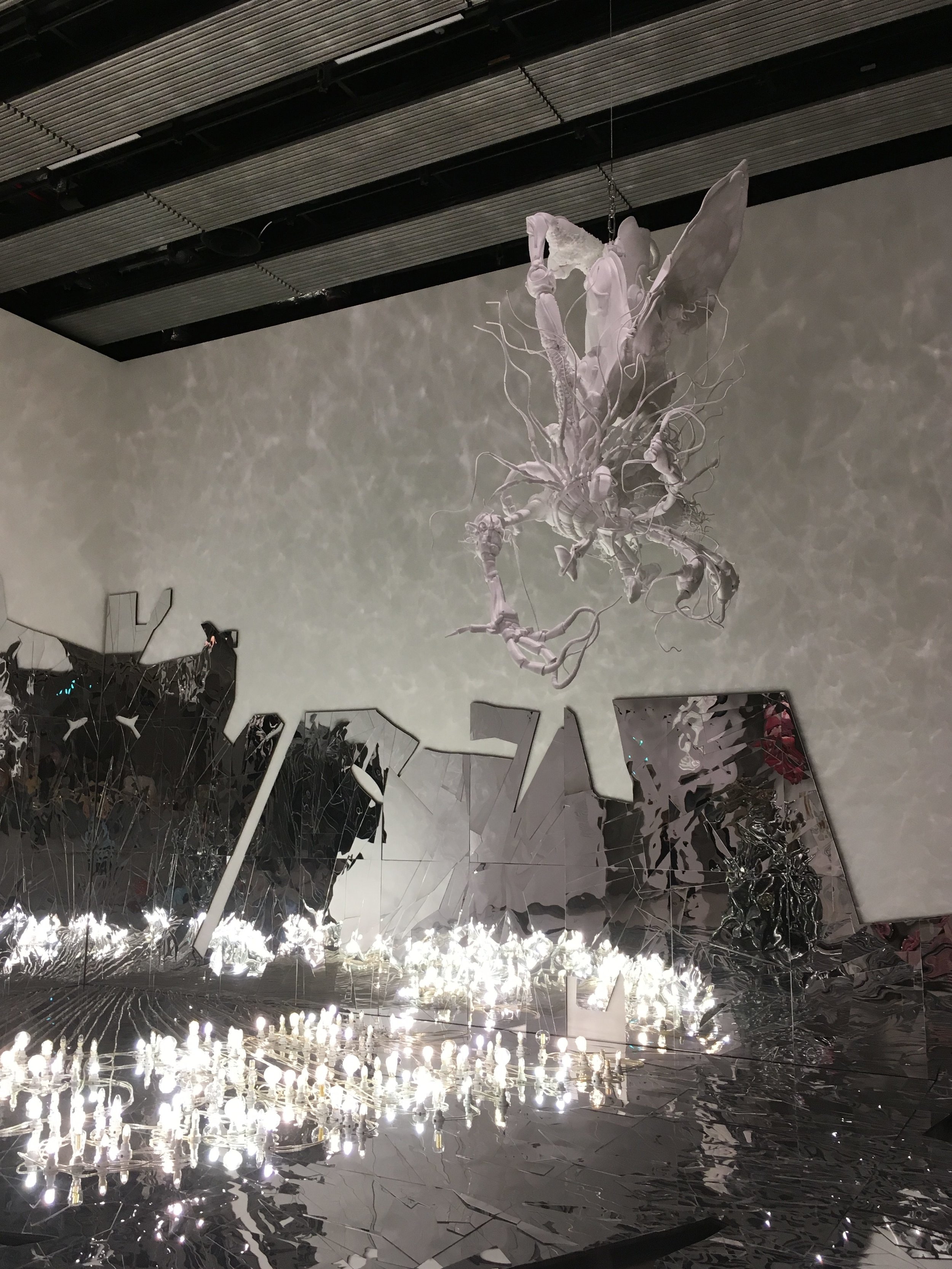








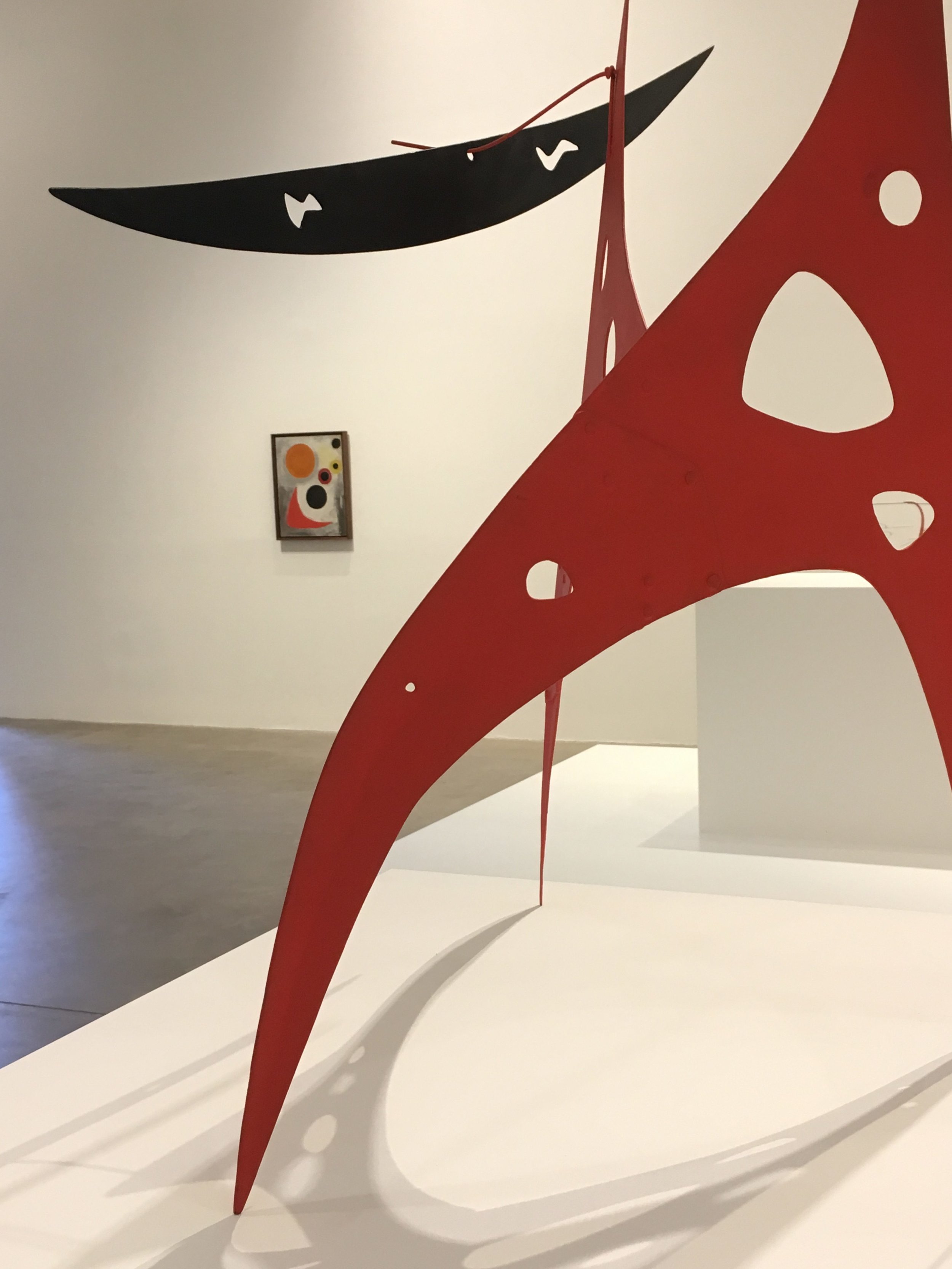




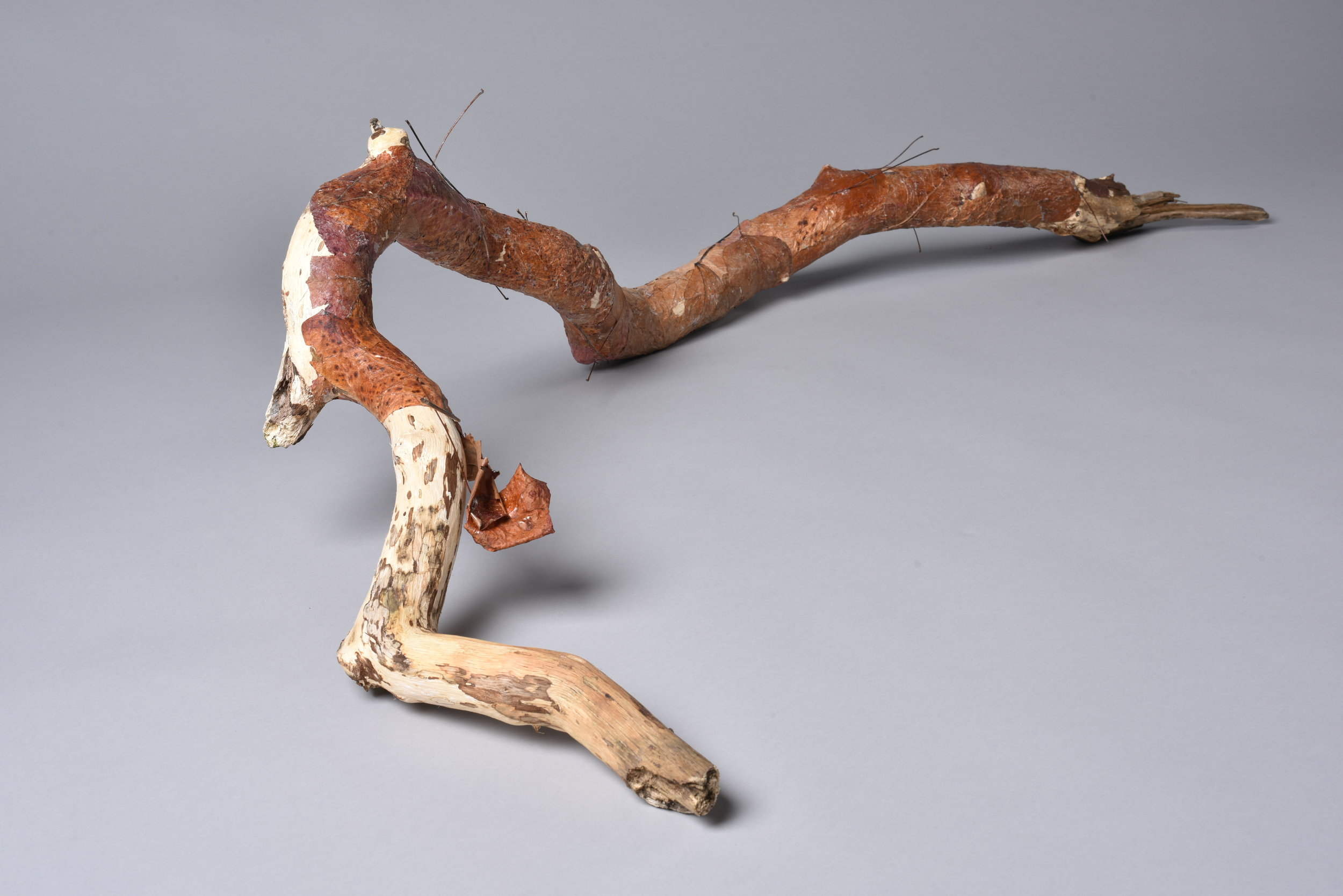 Hello to Winter and the festive season!
Hello to Winter and the festive season!












